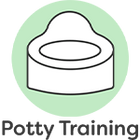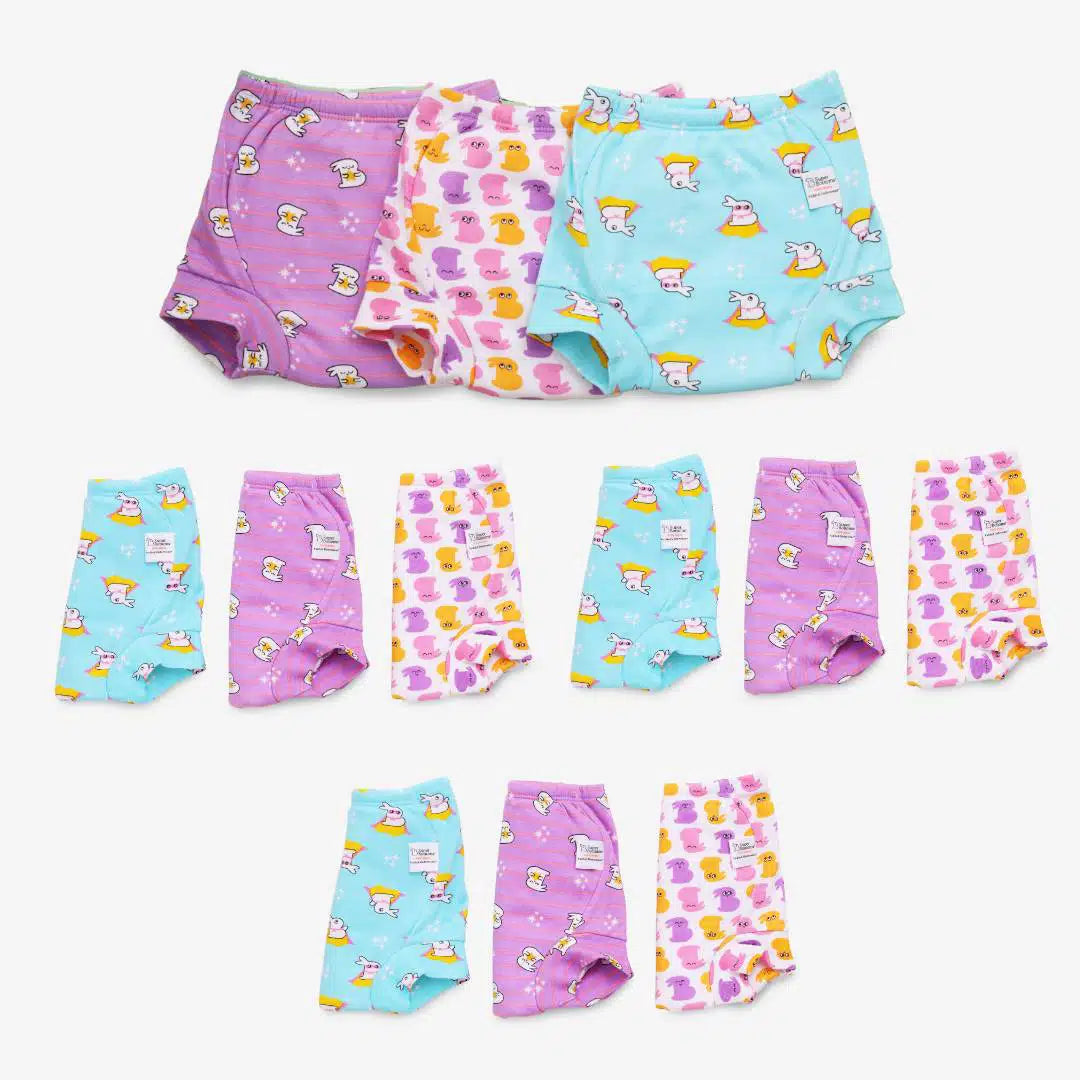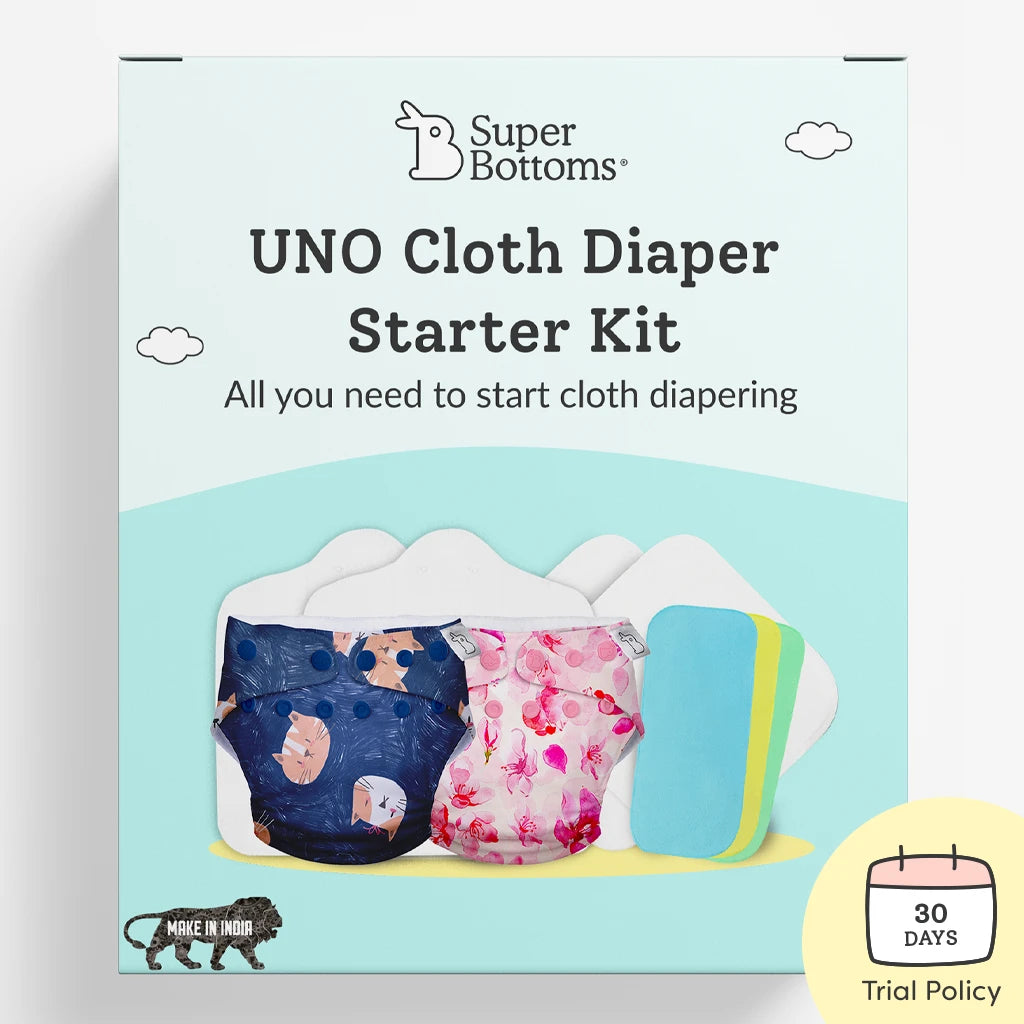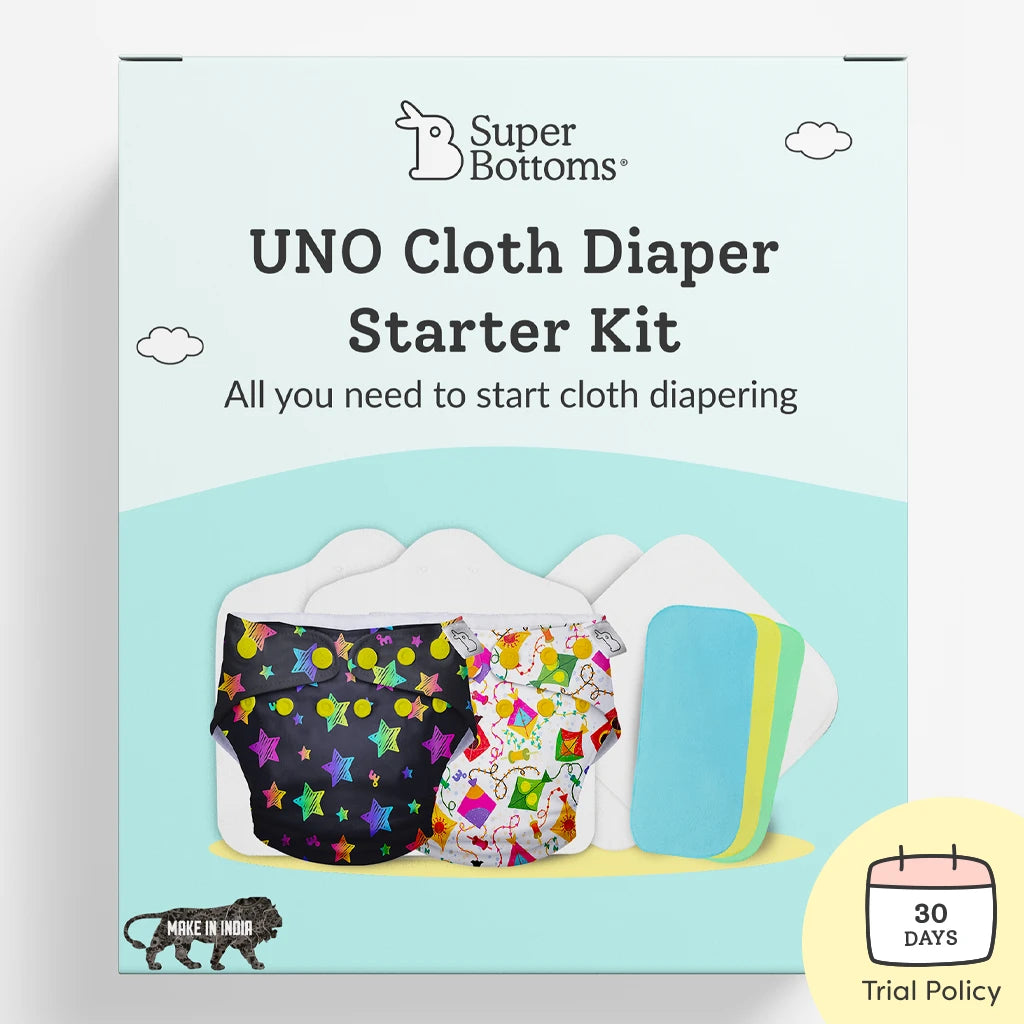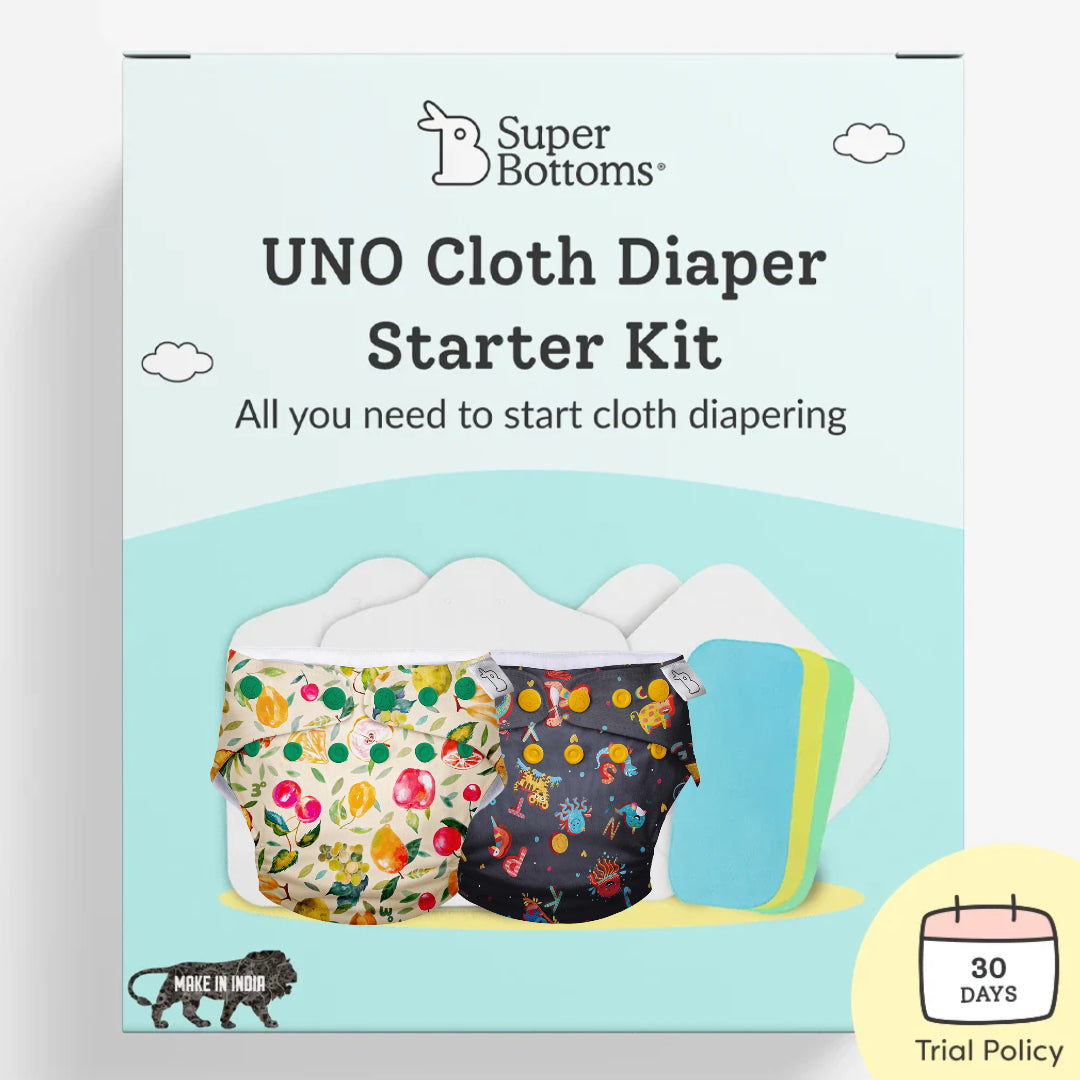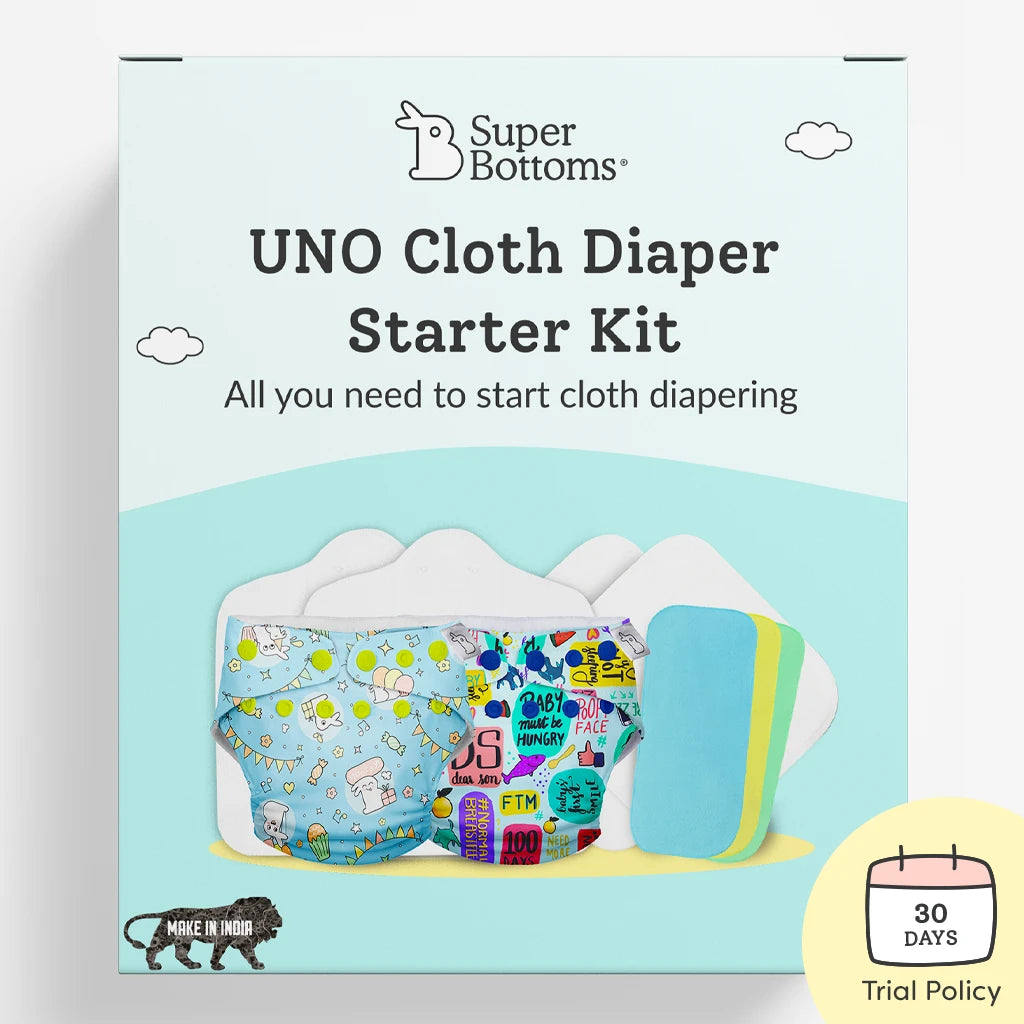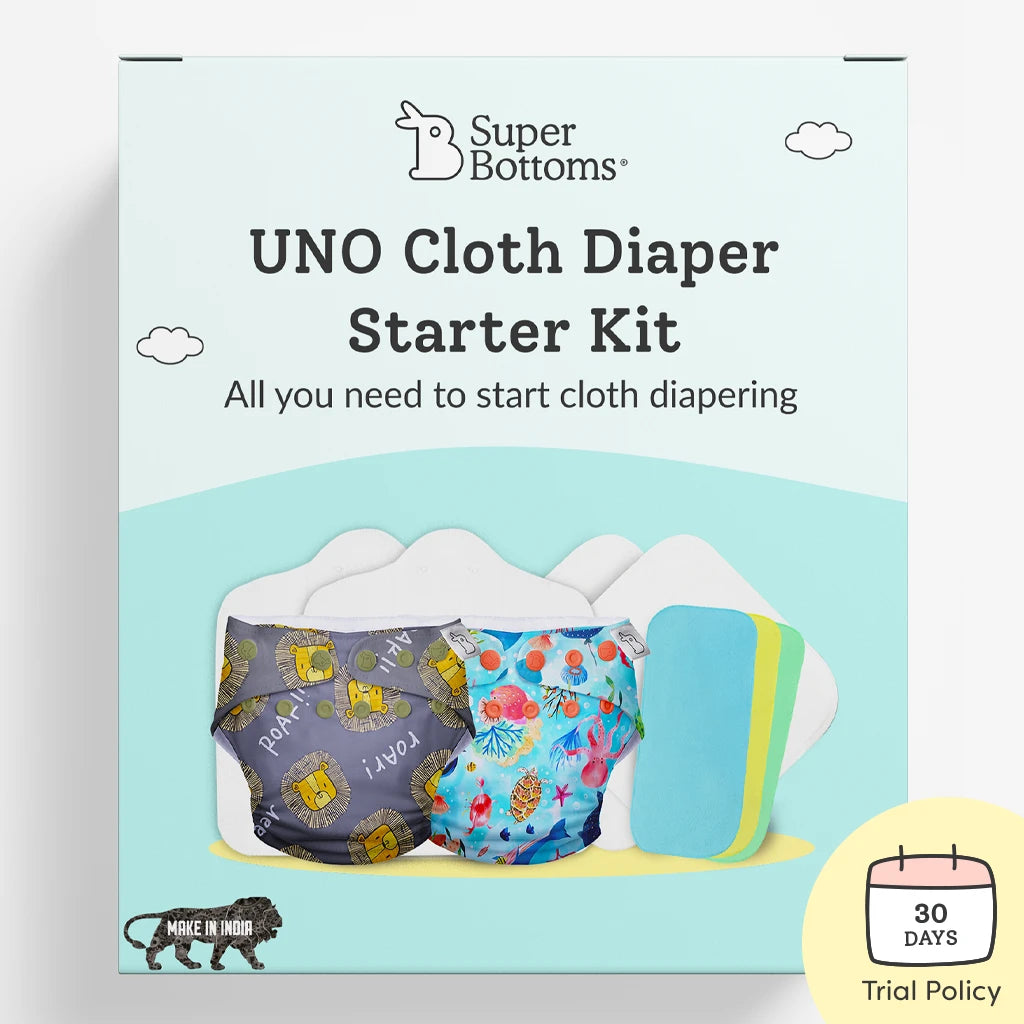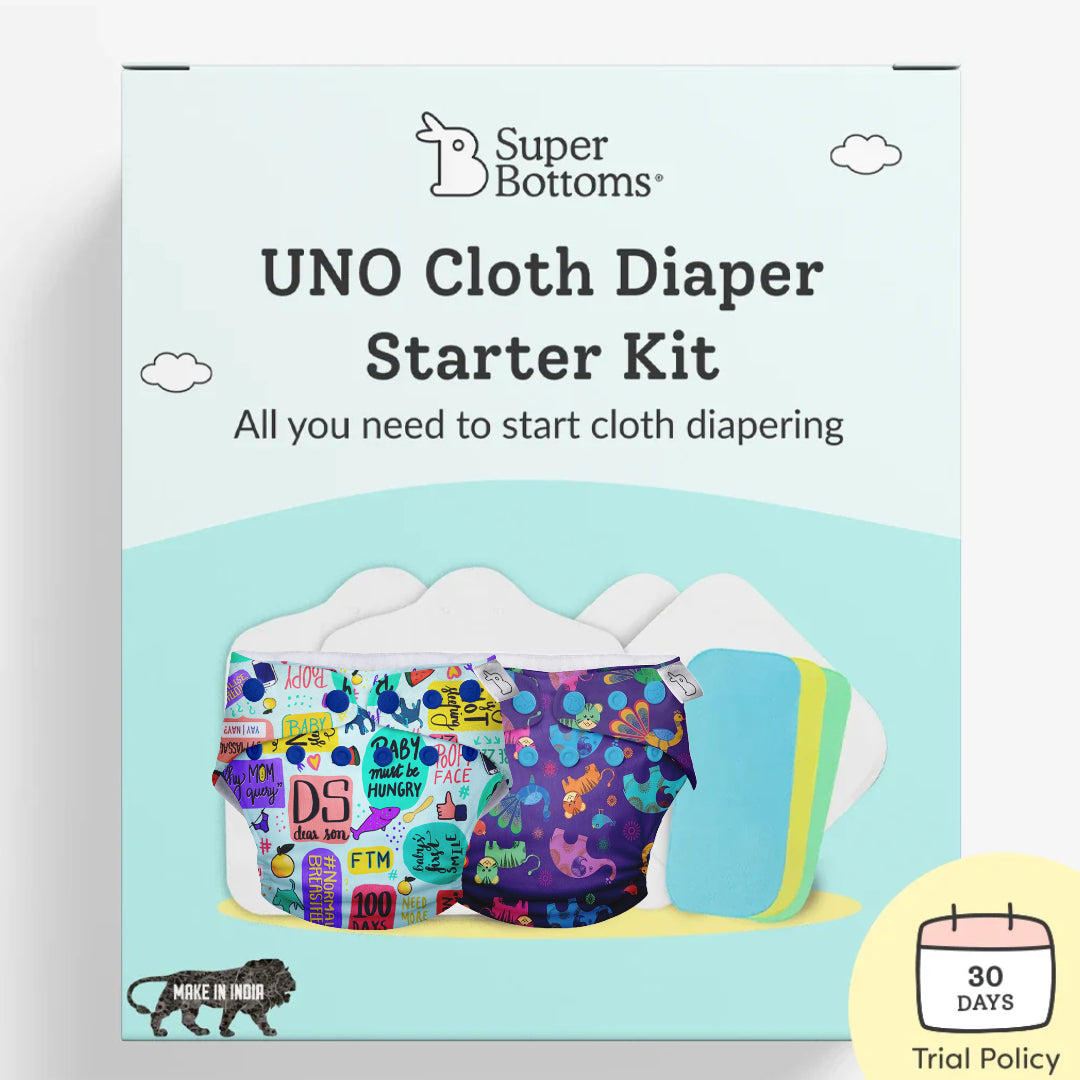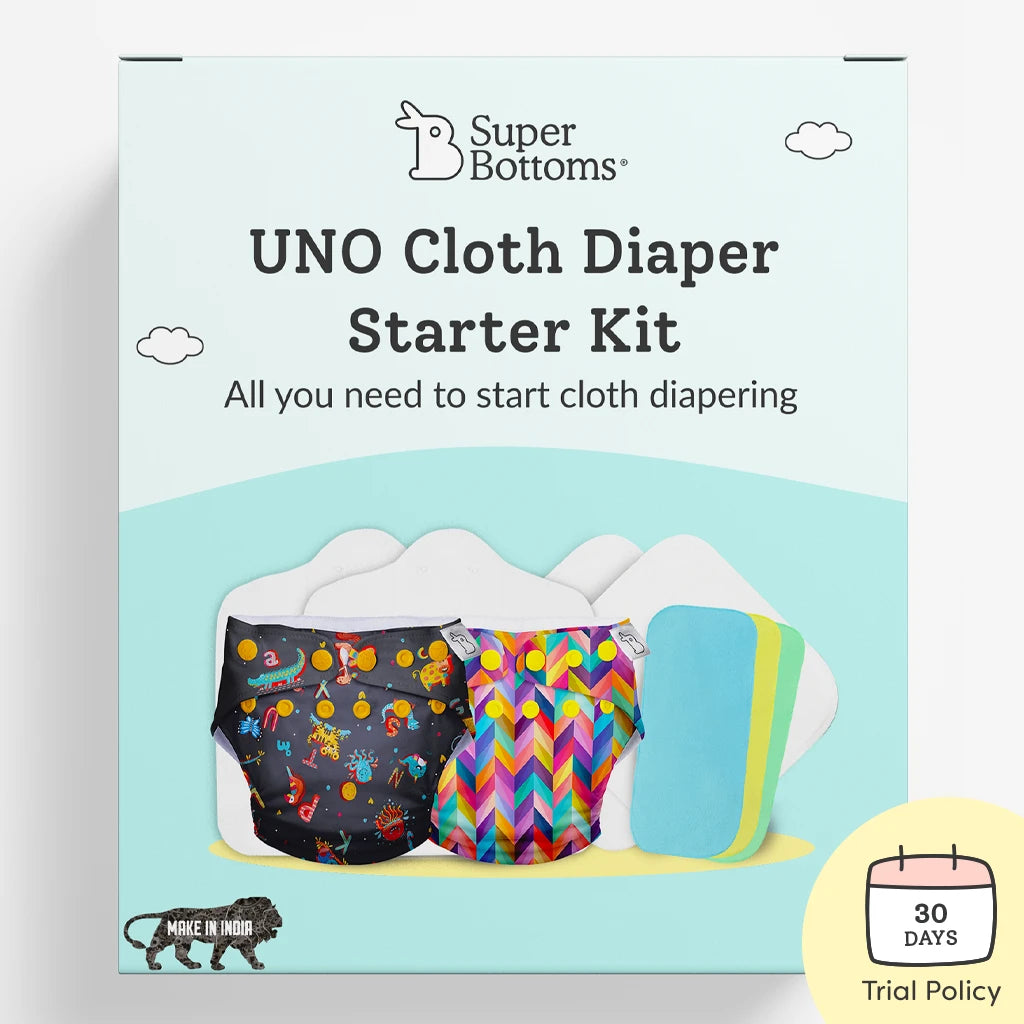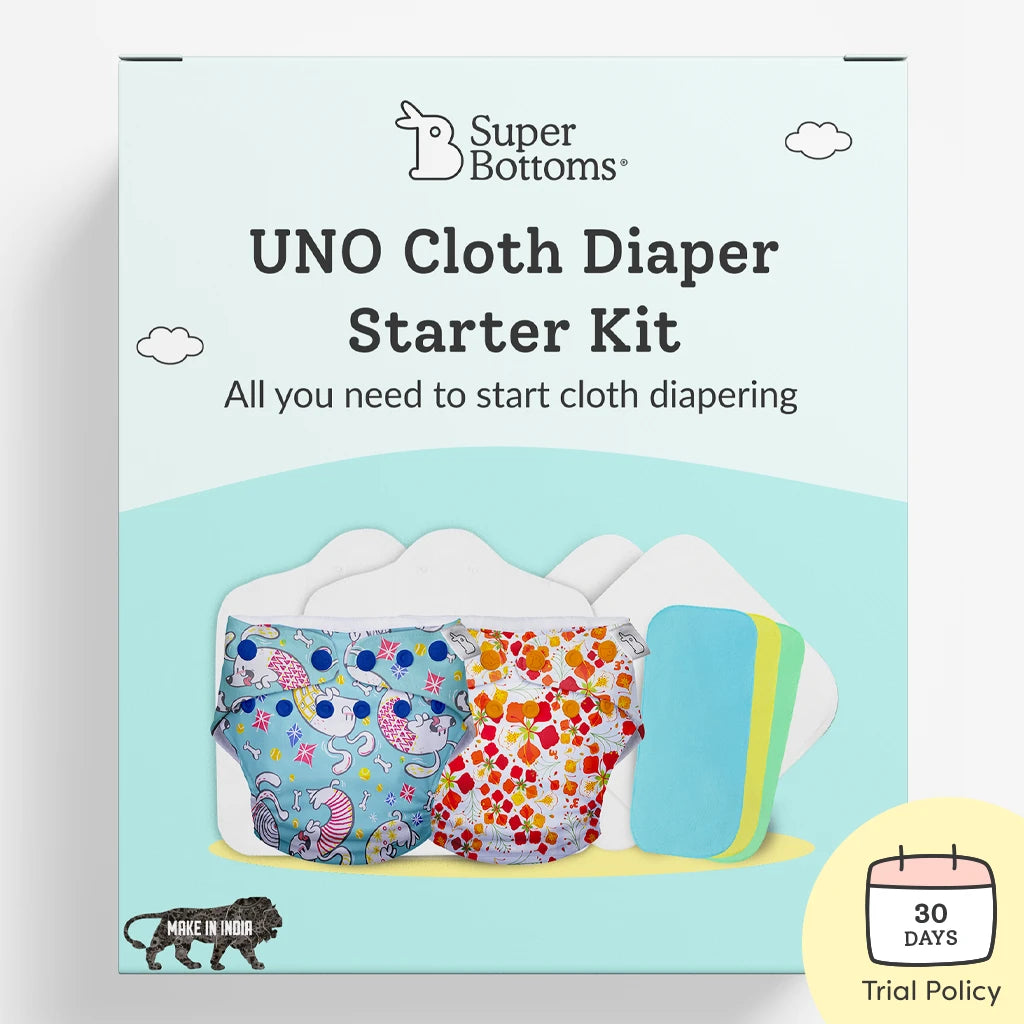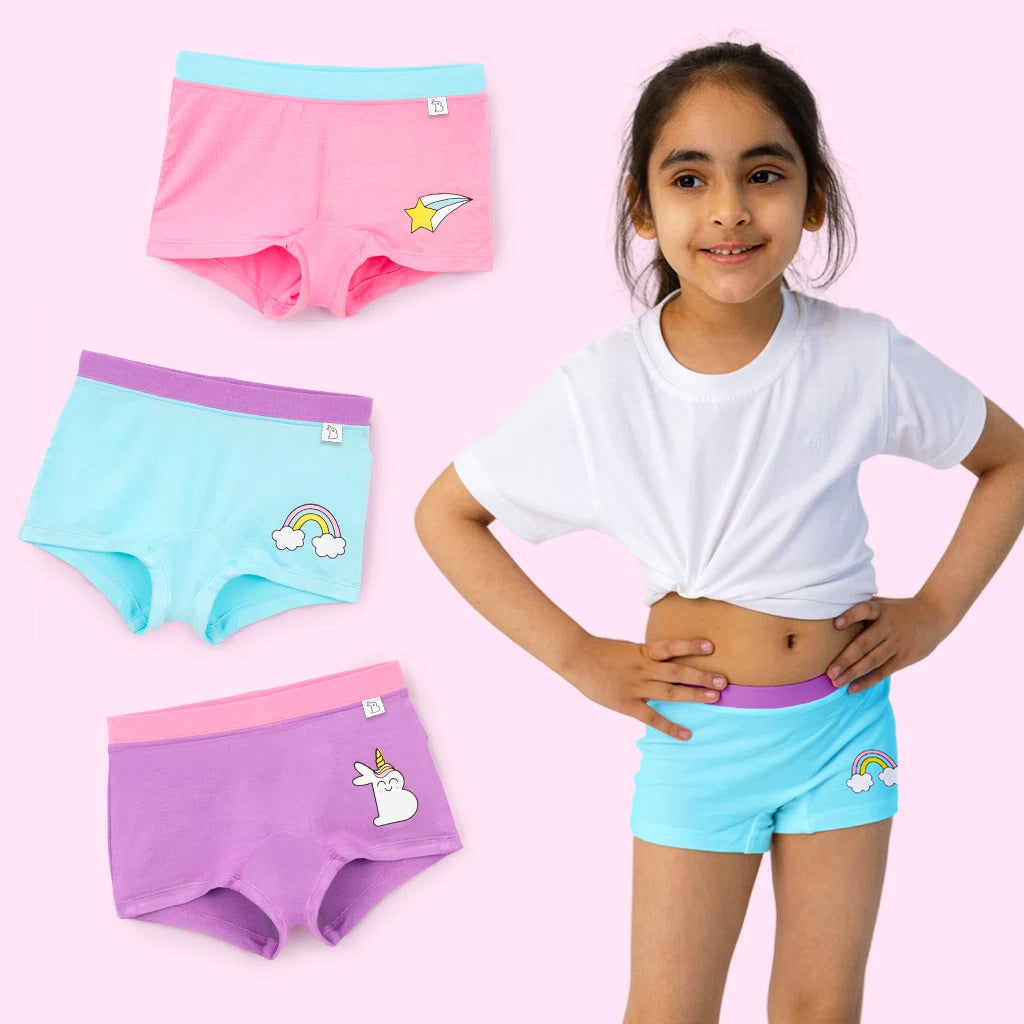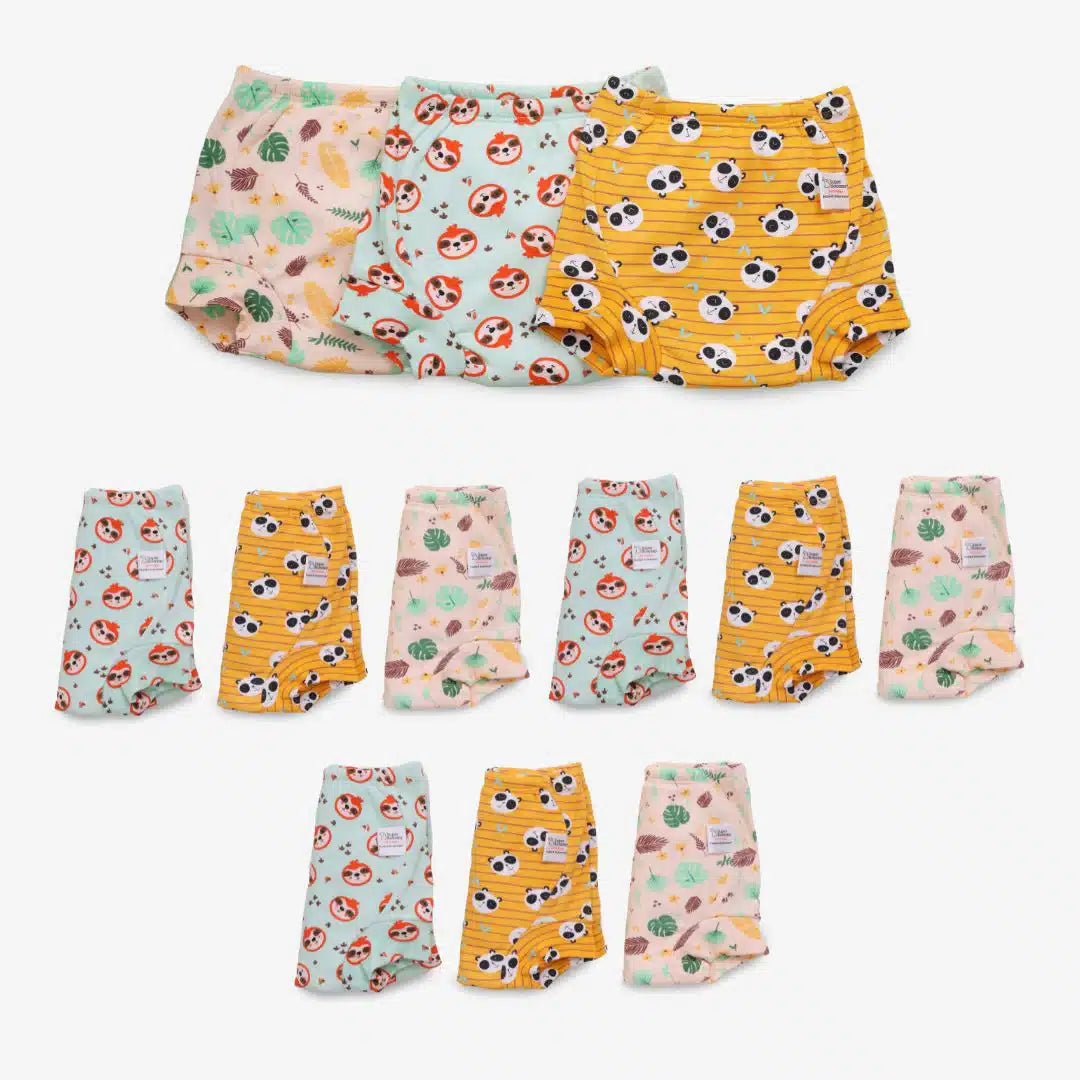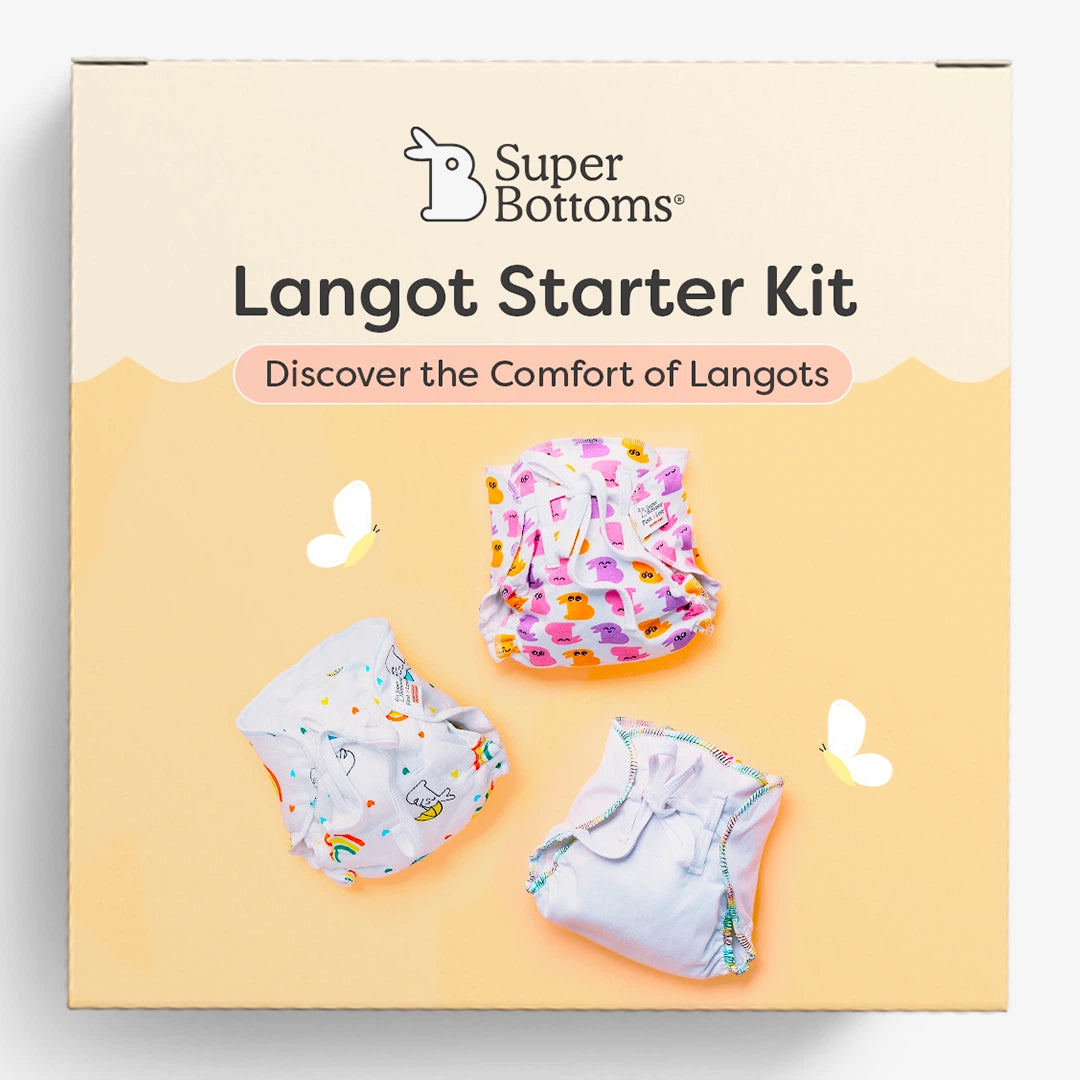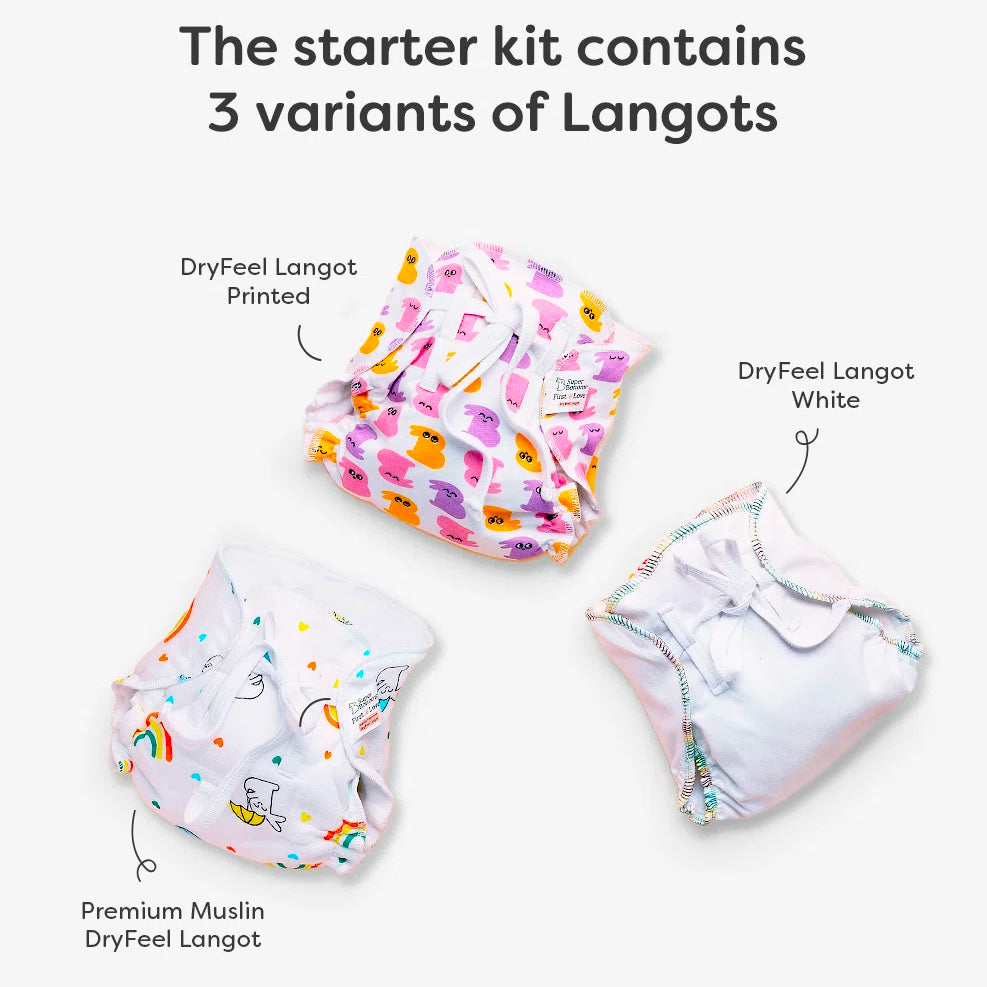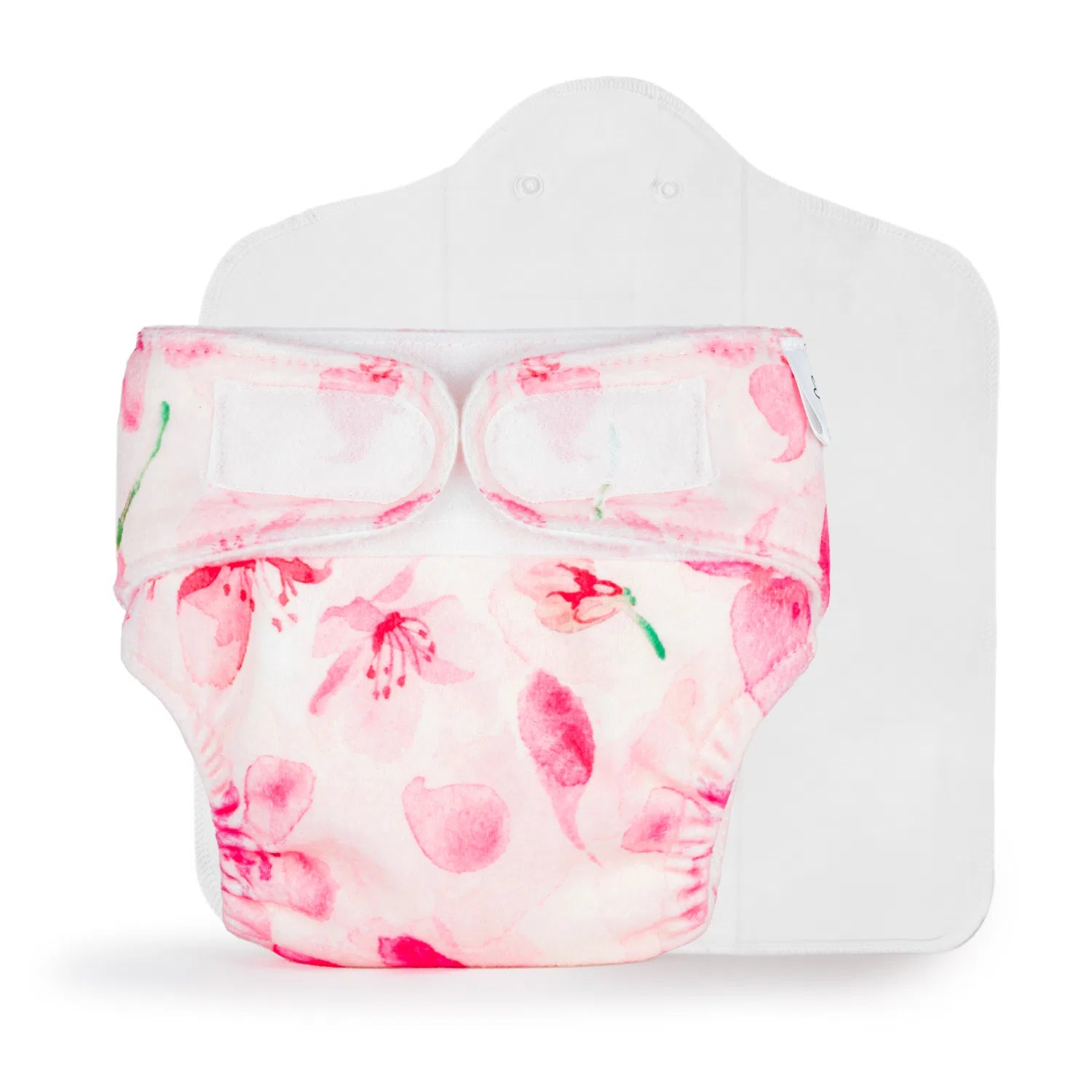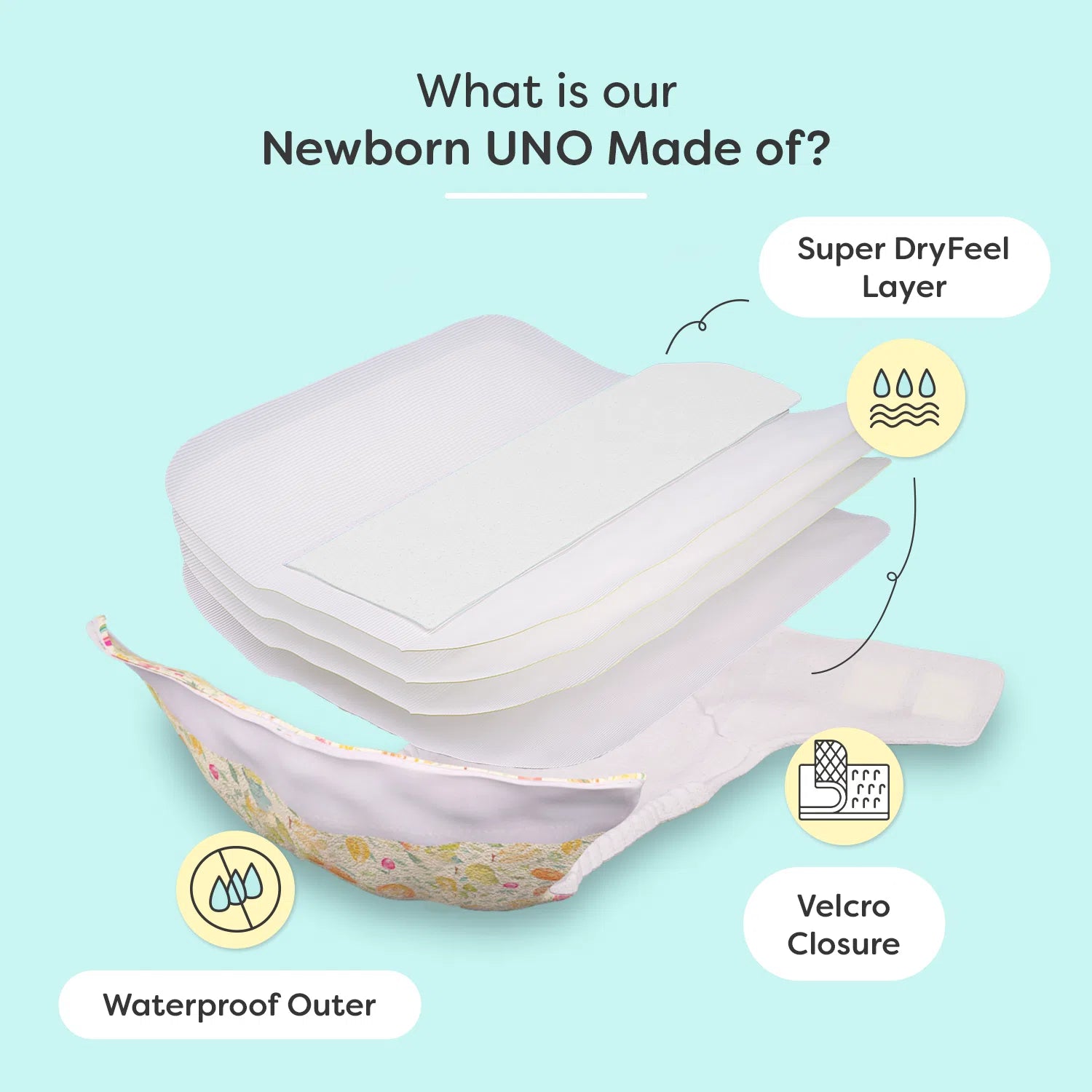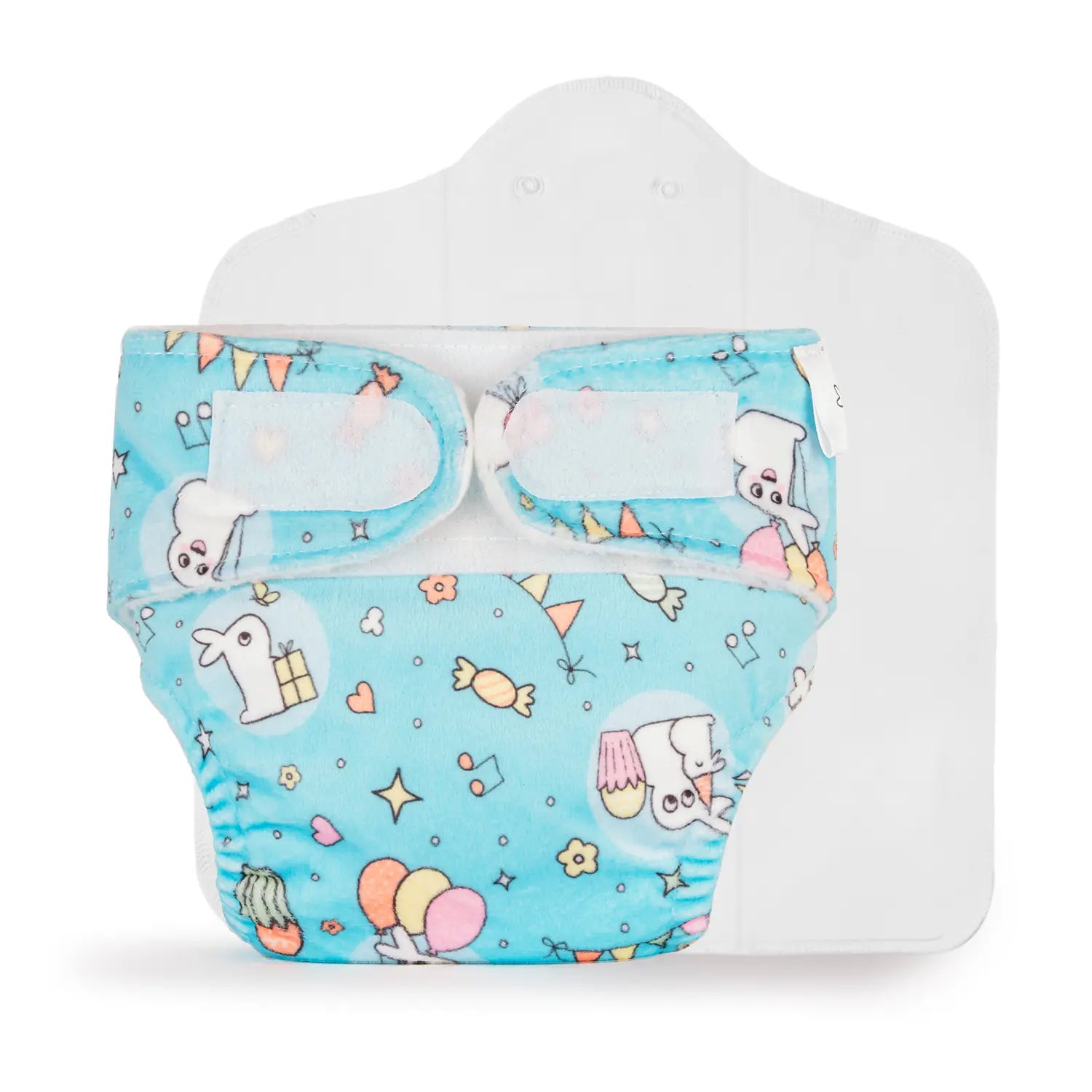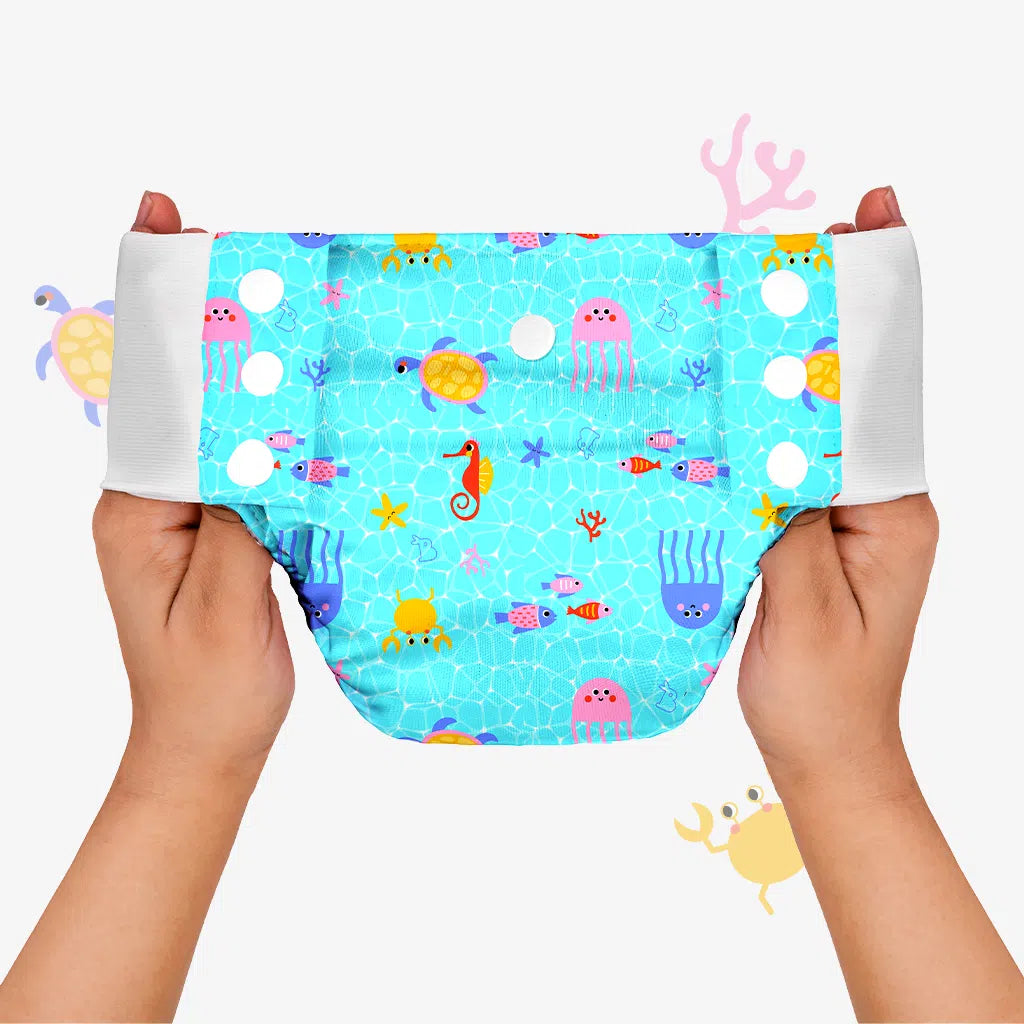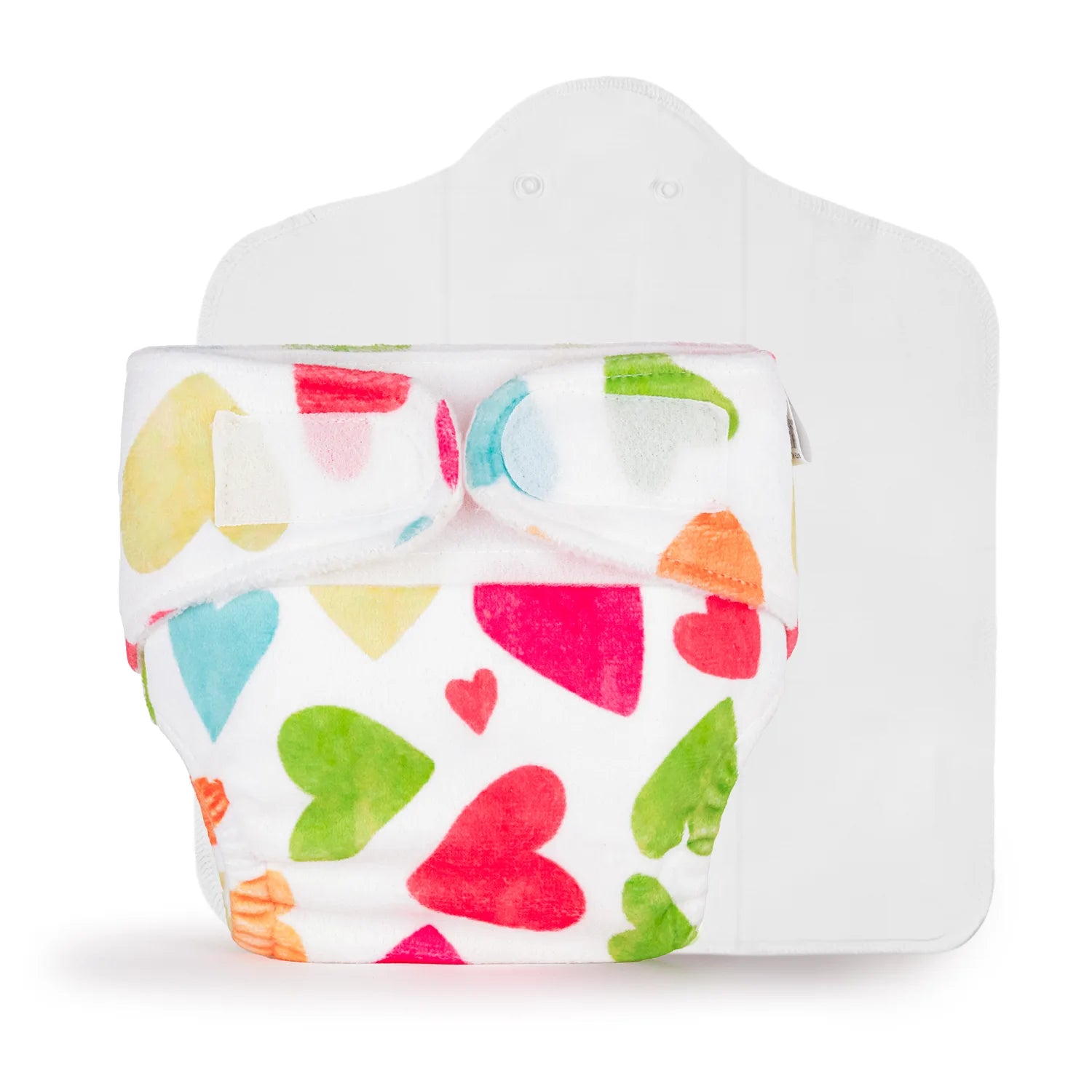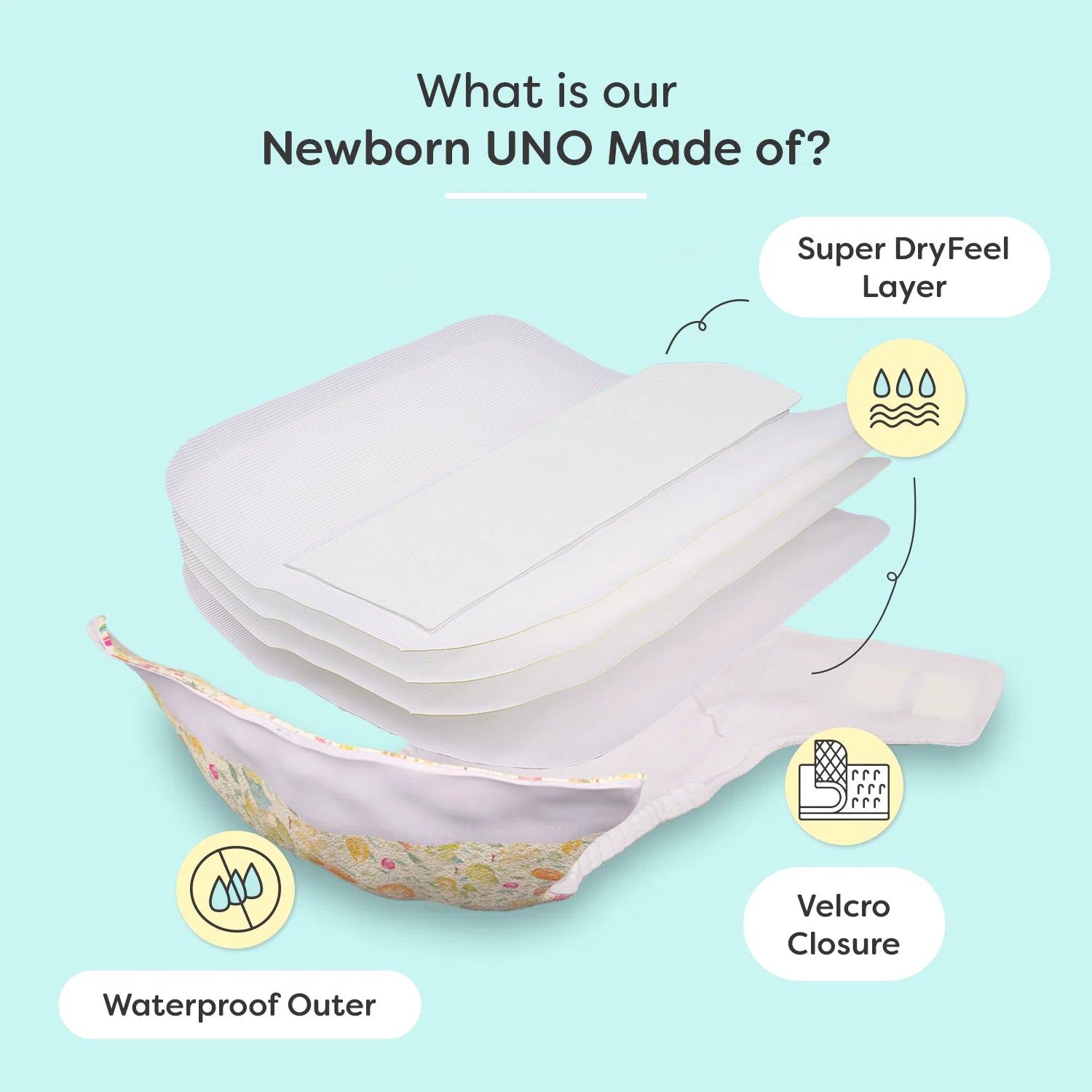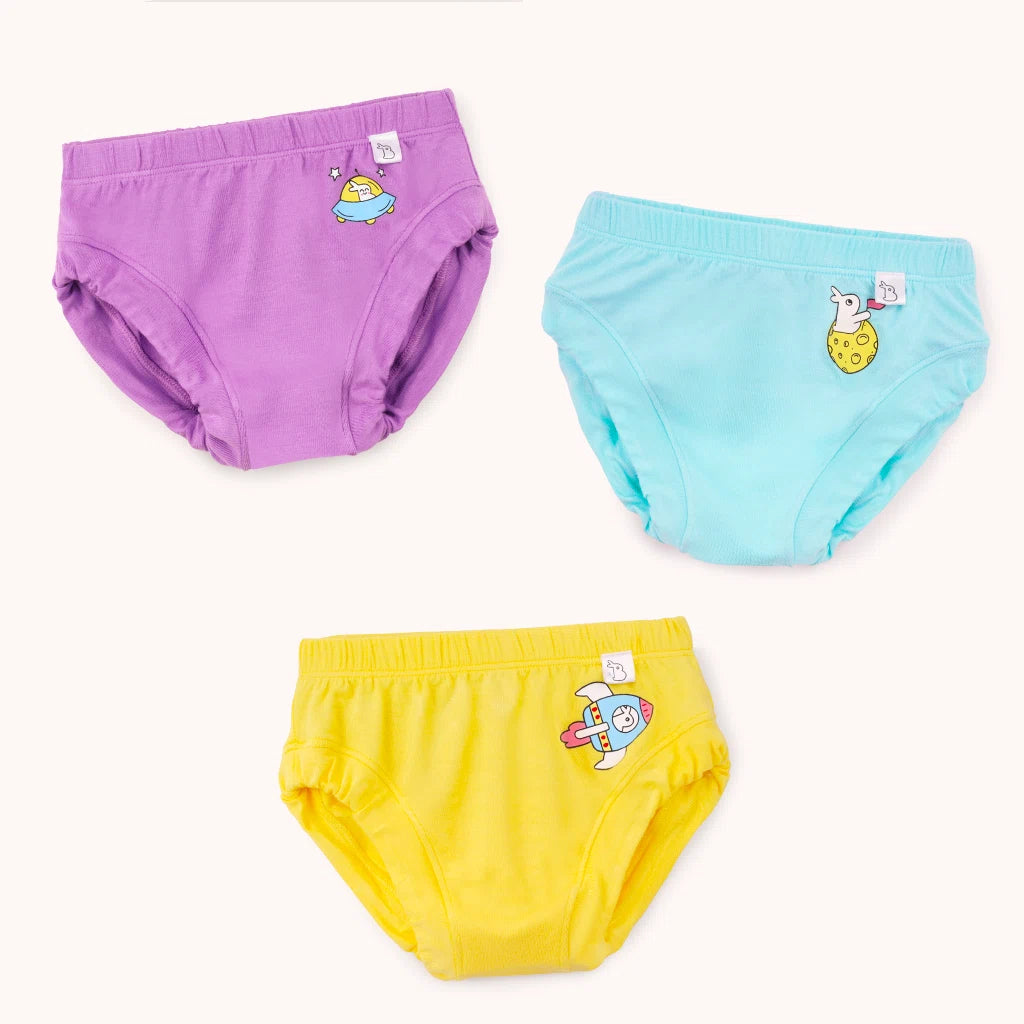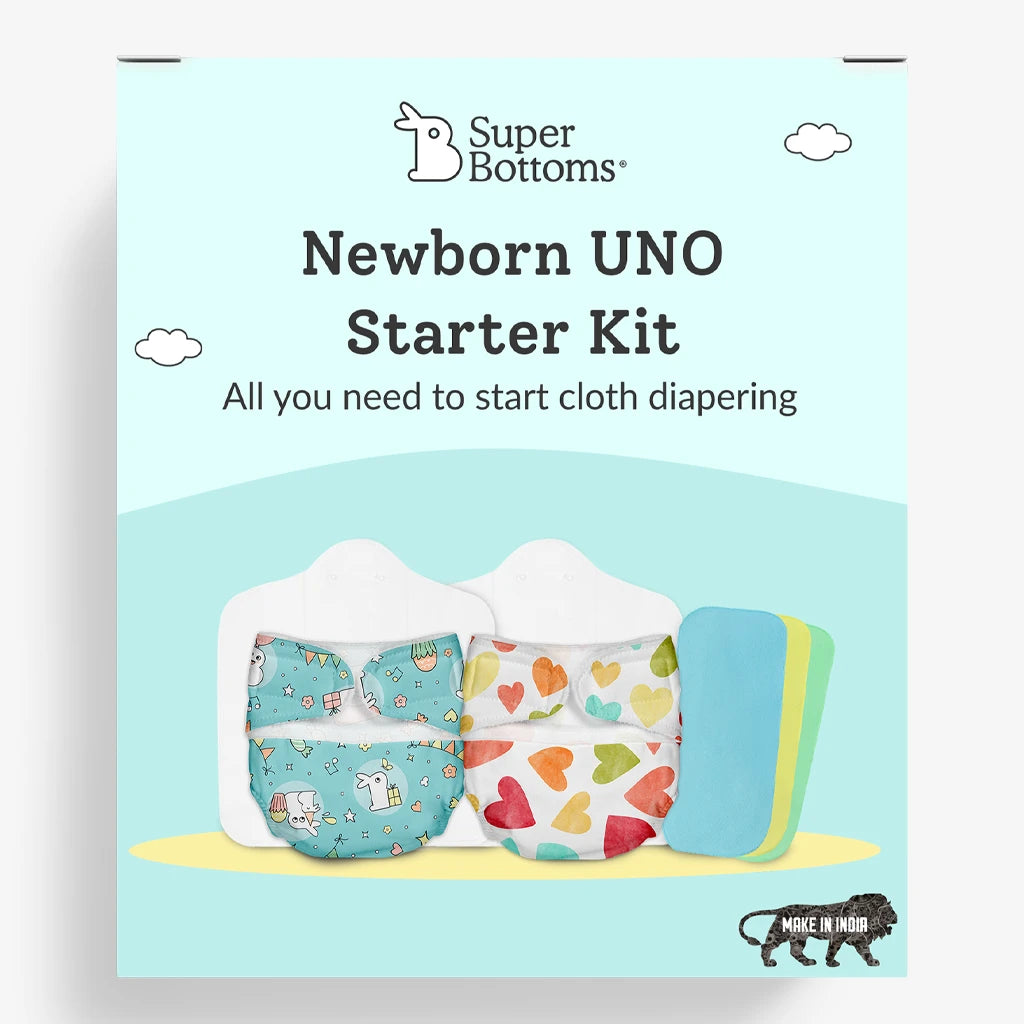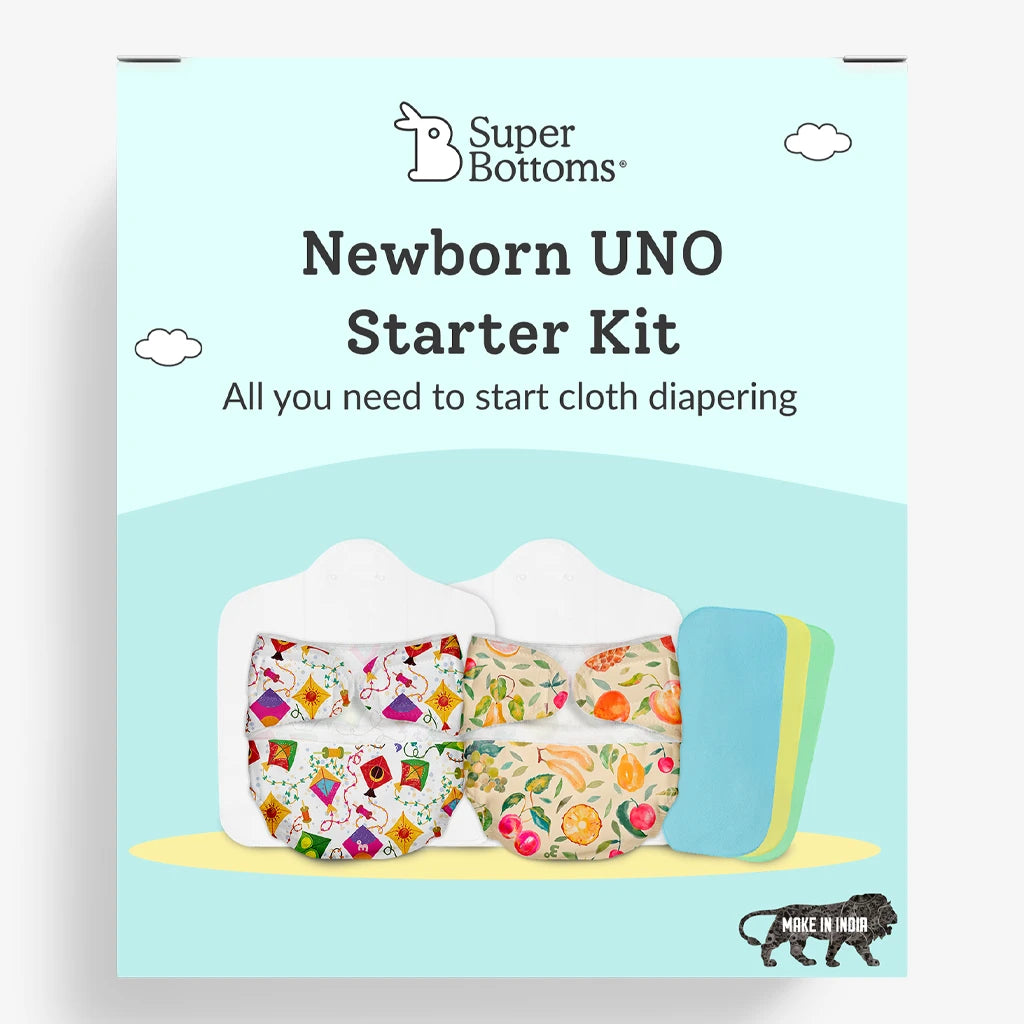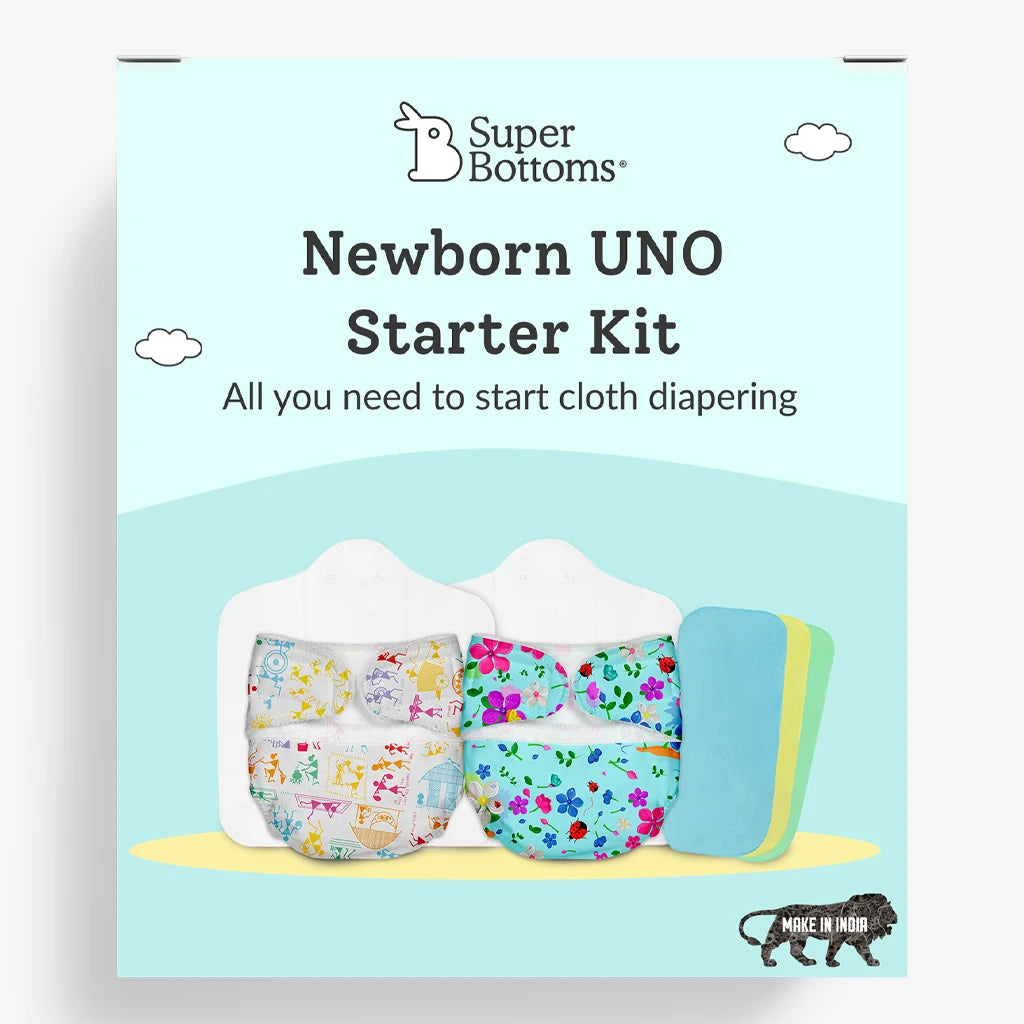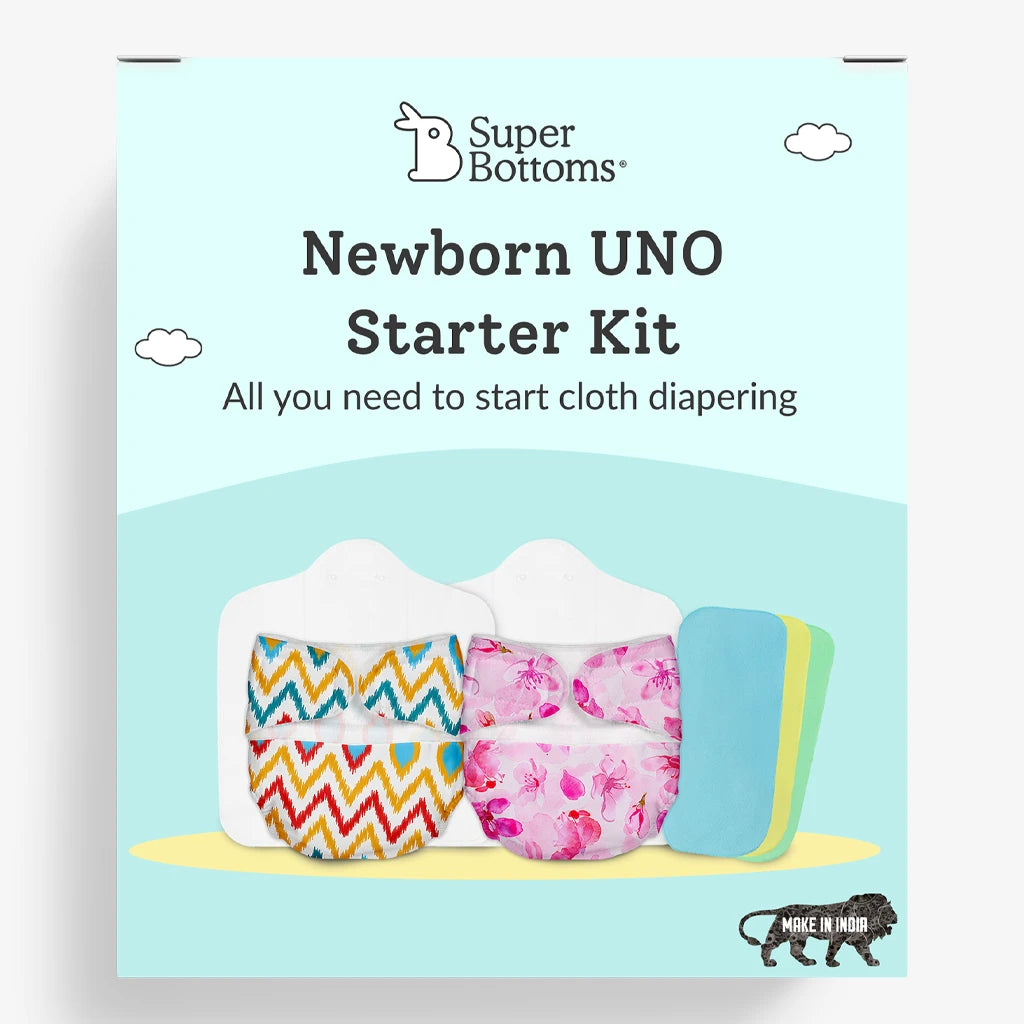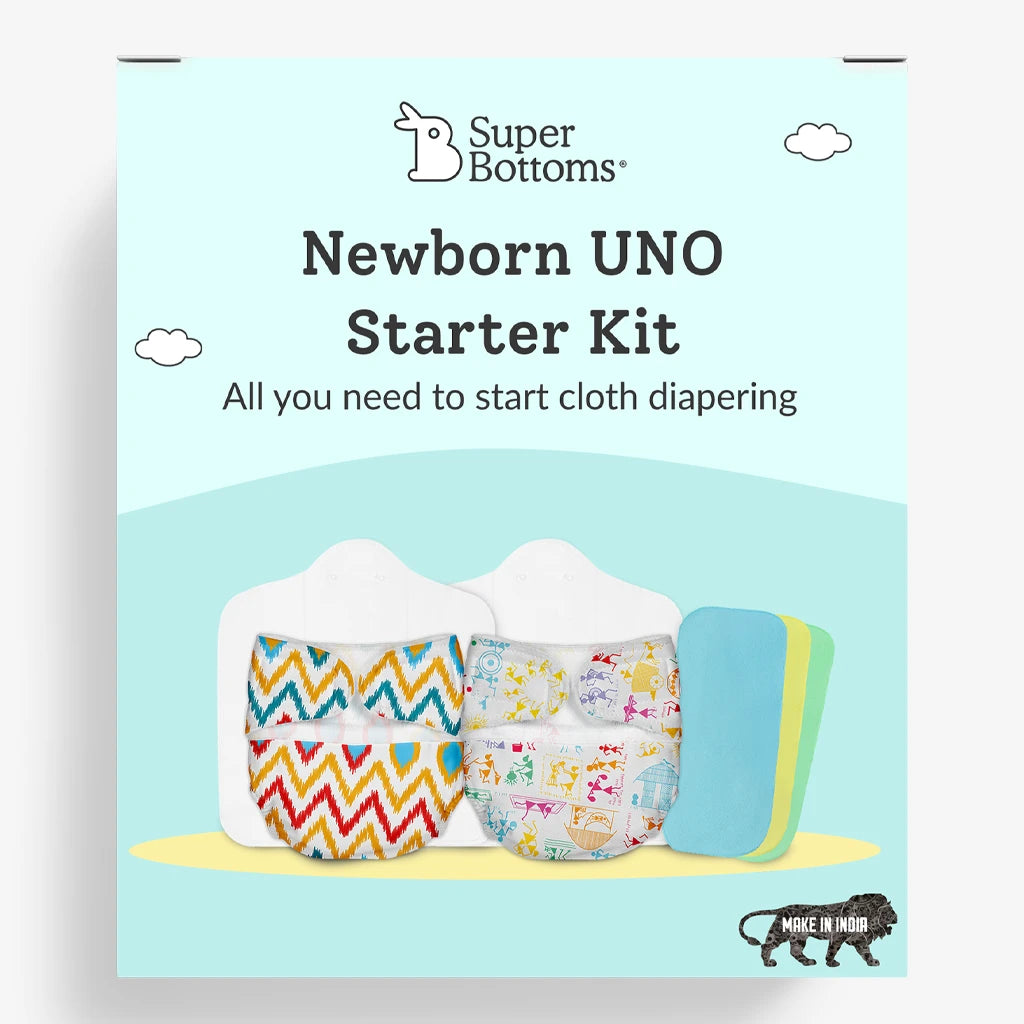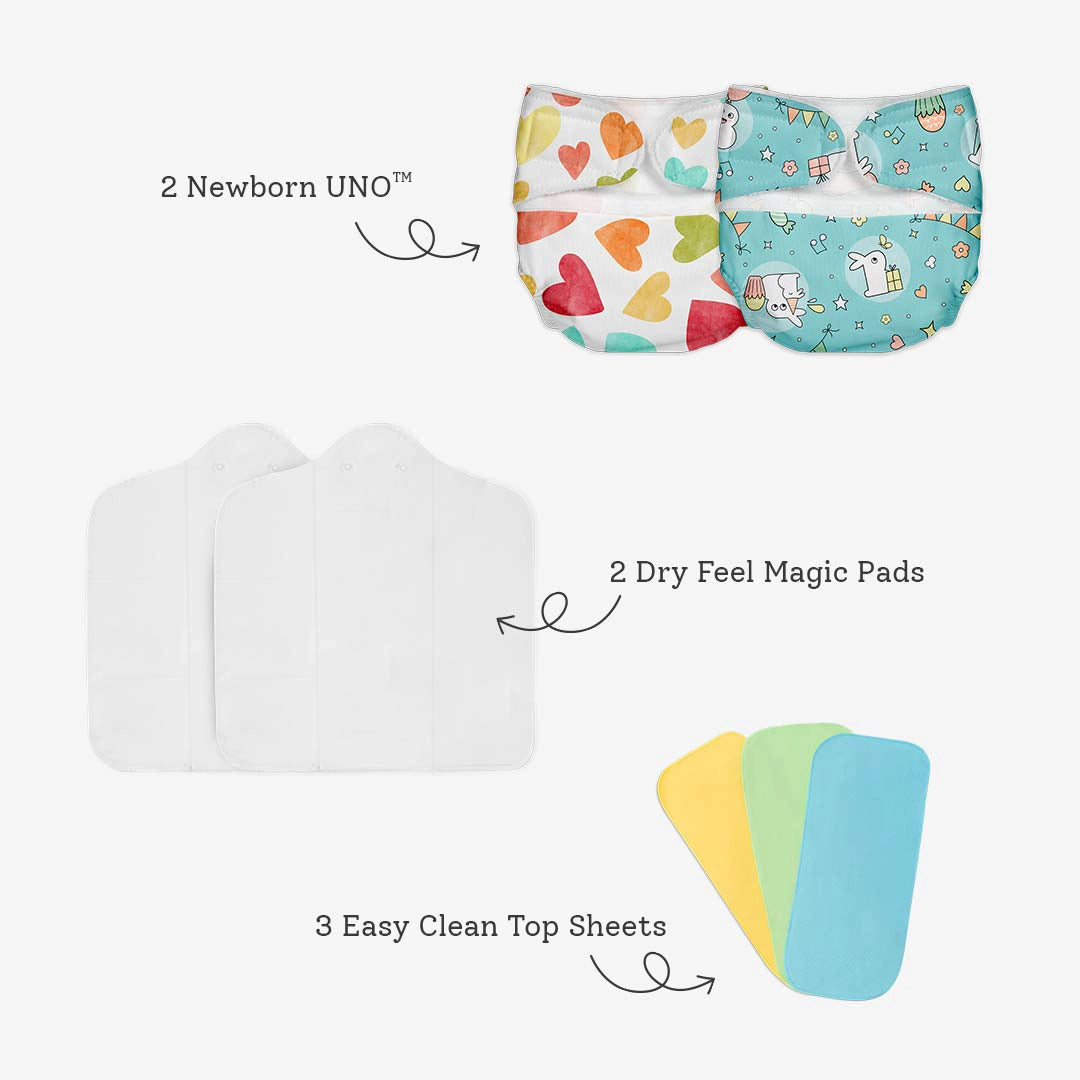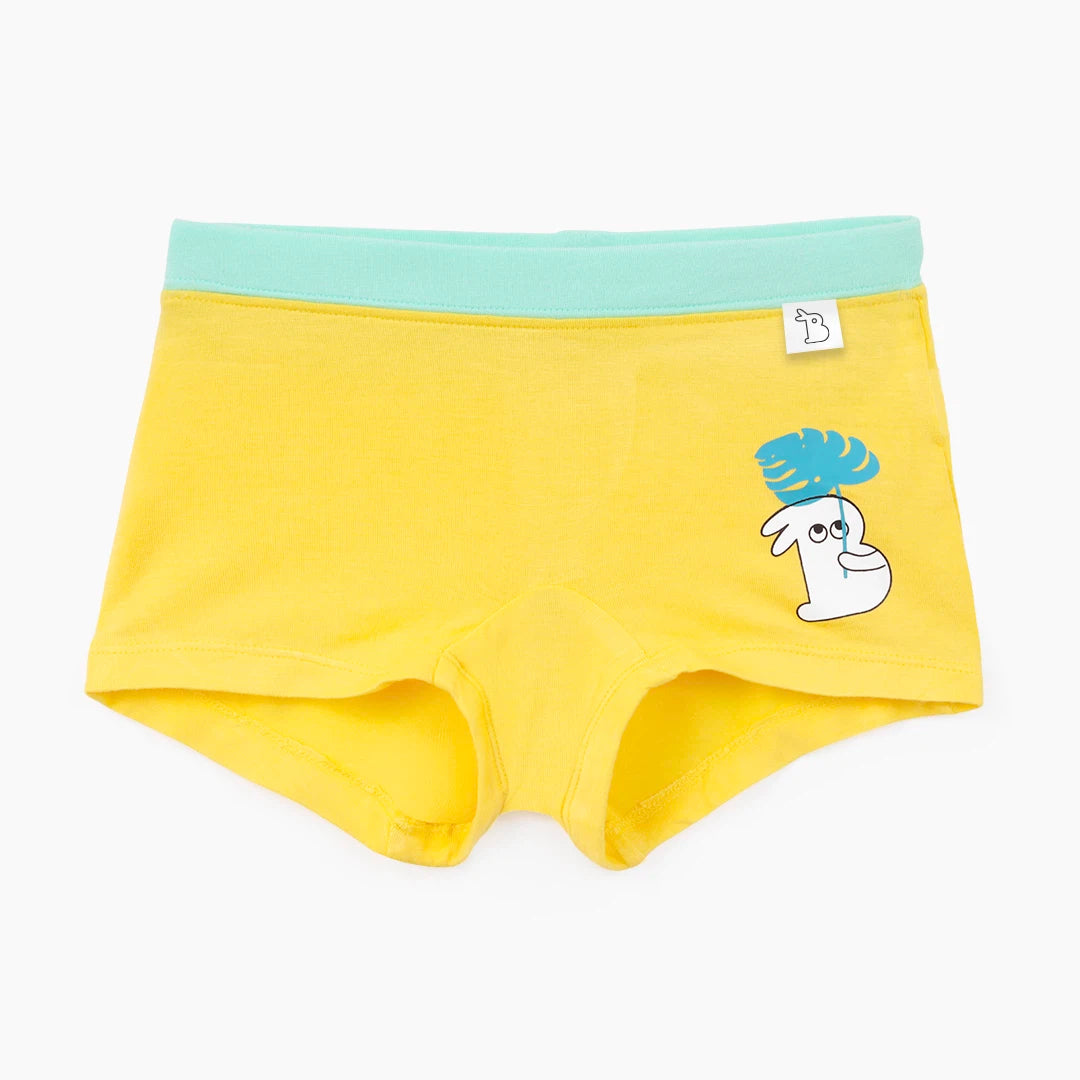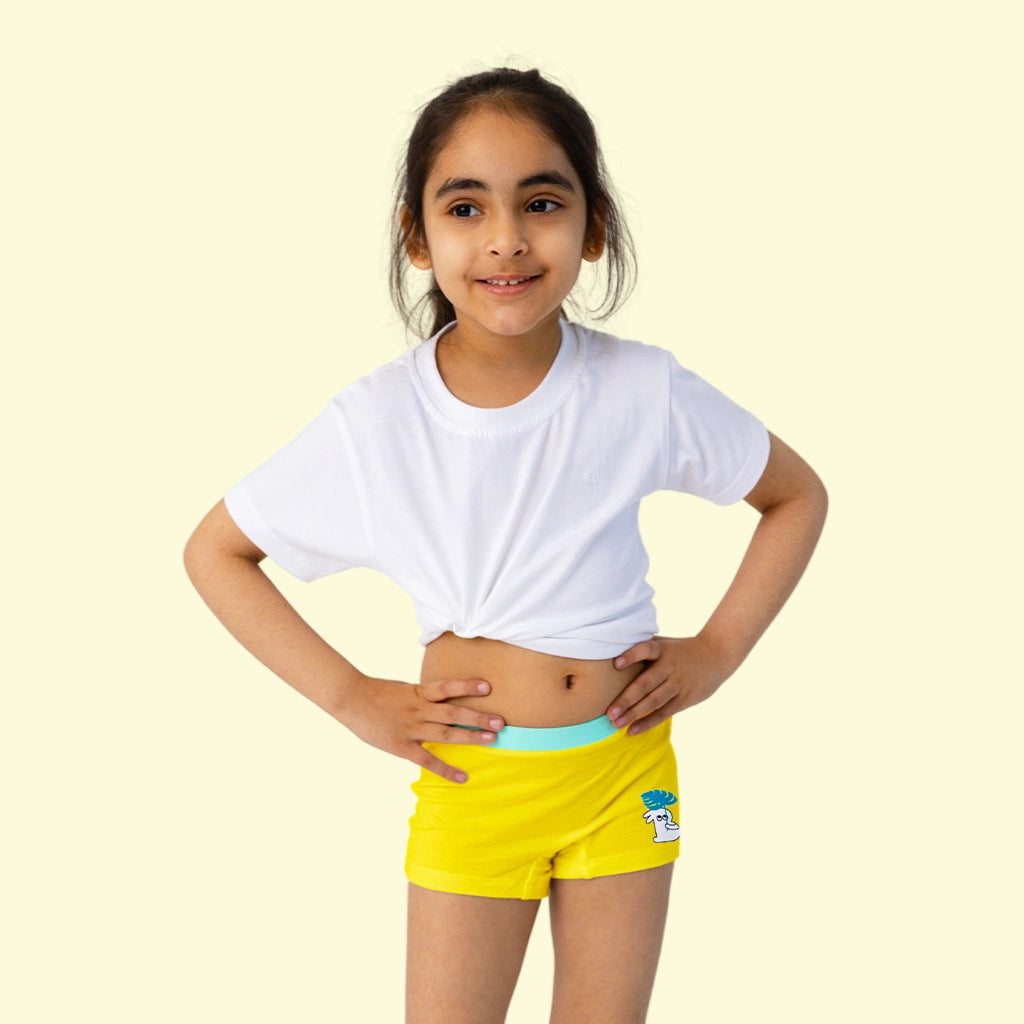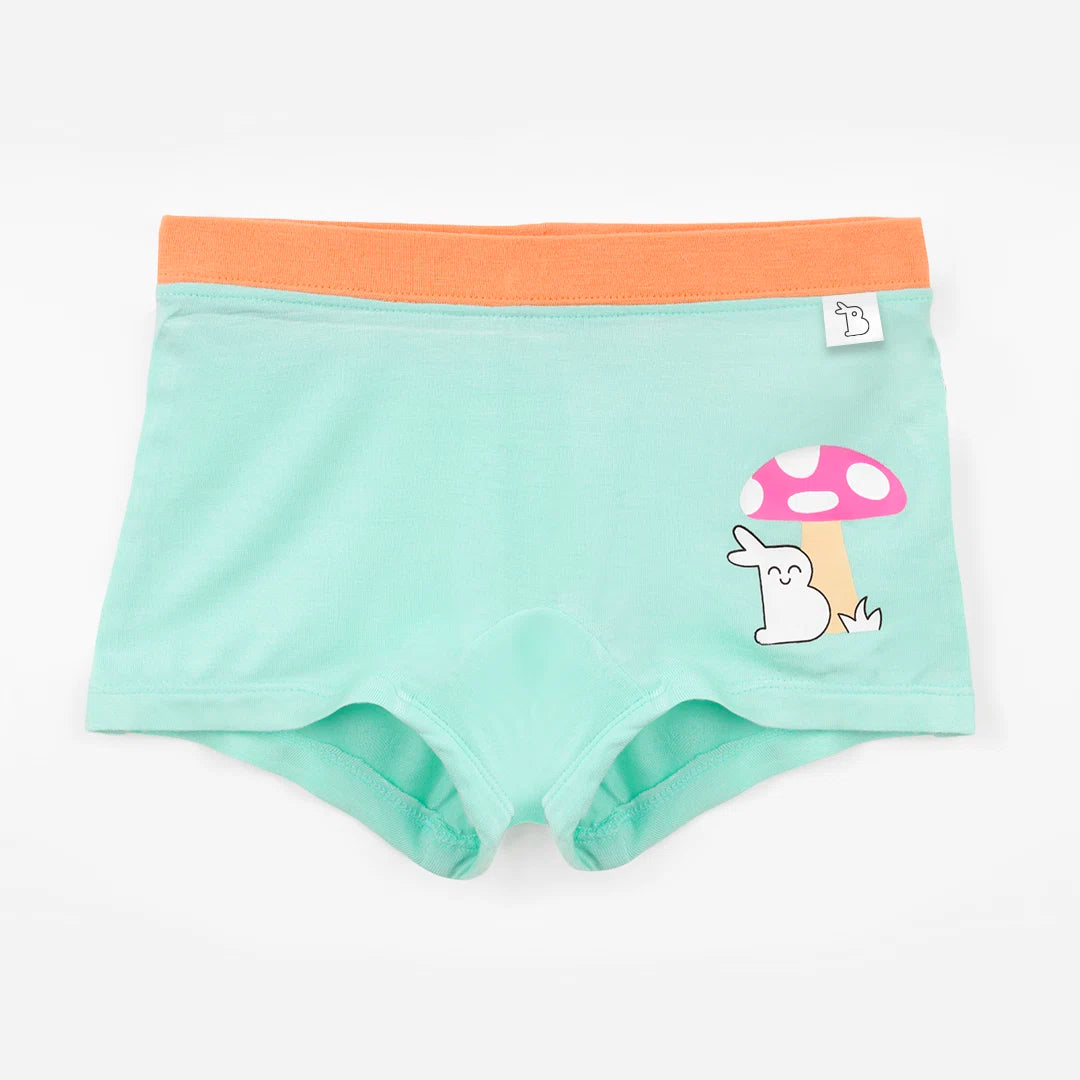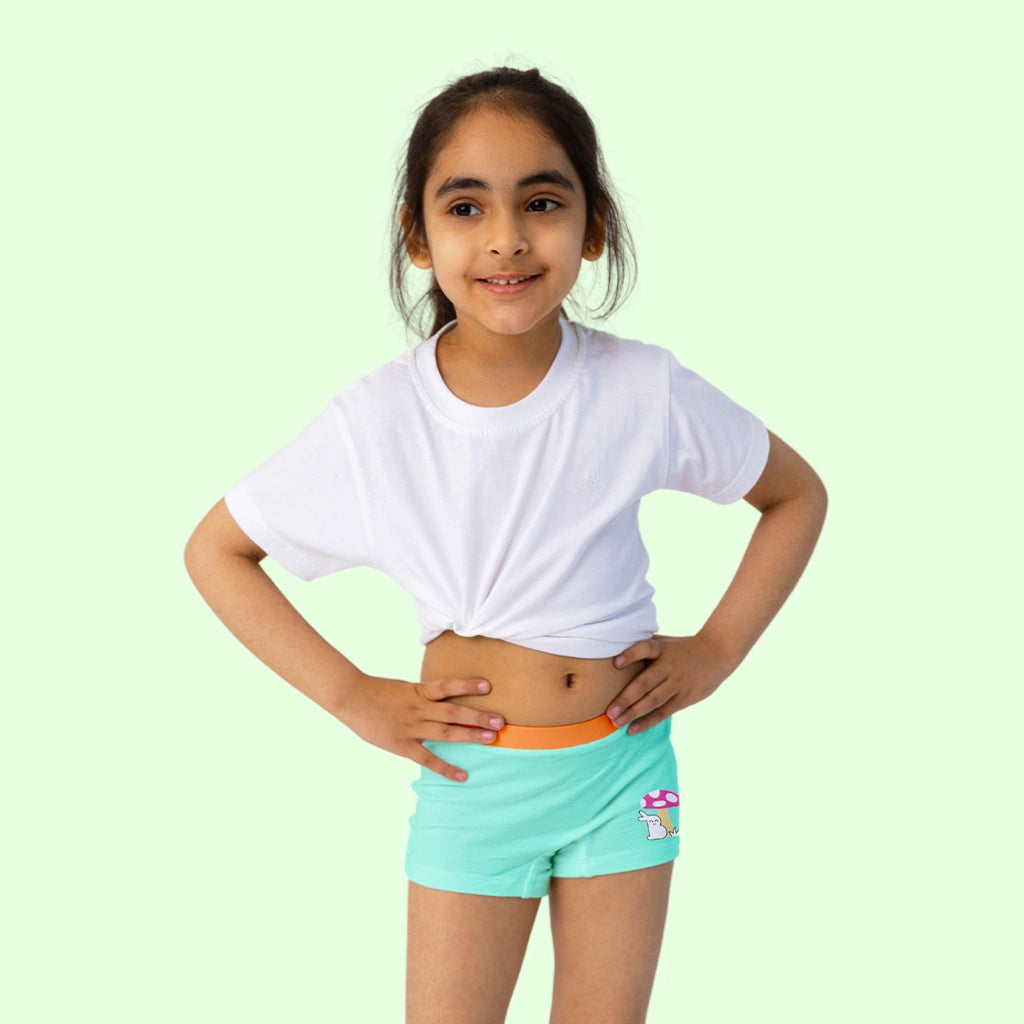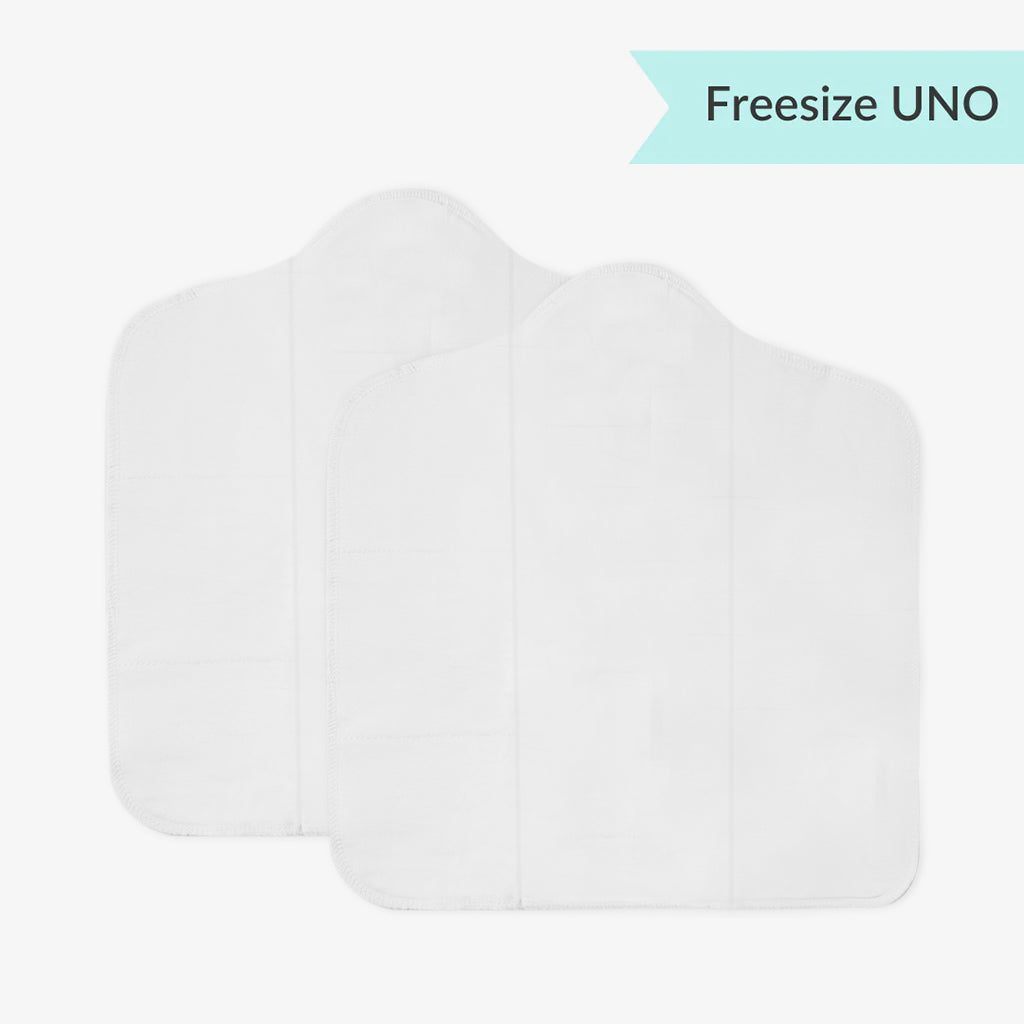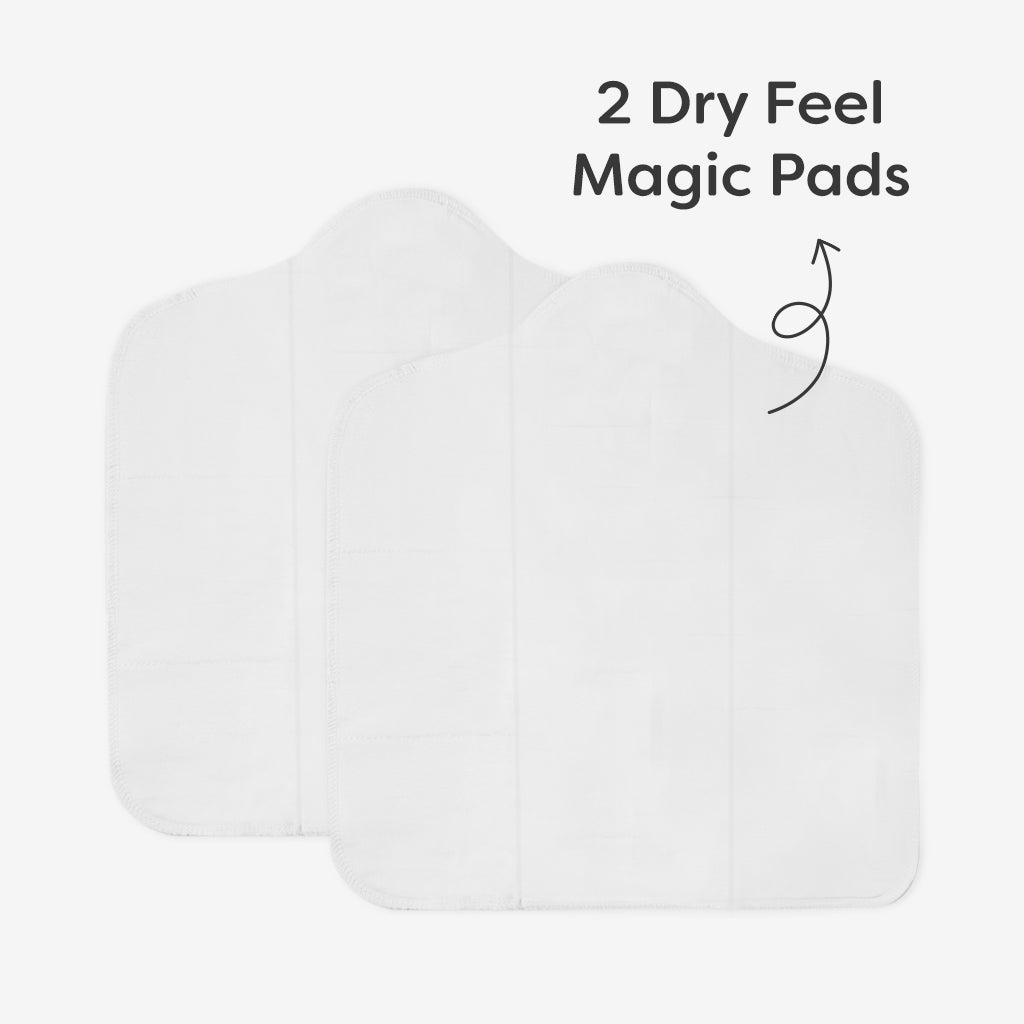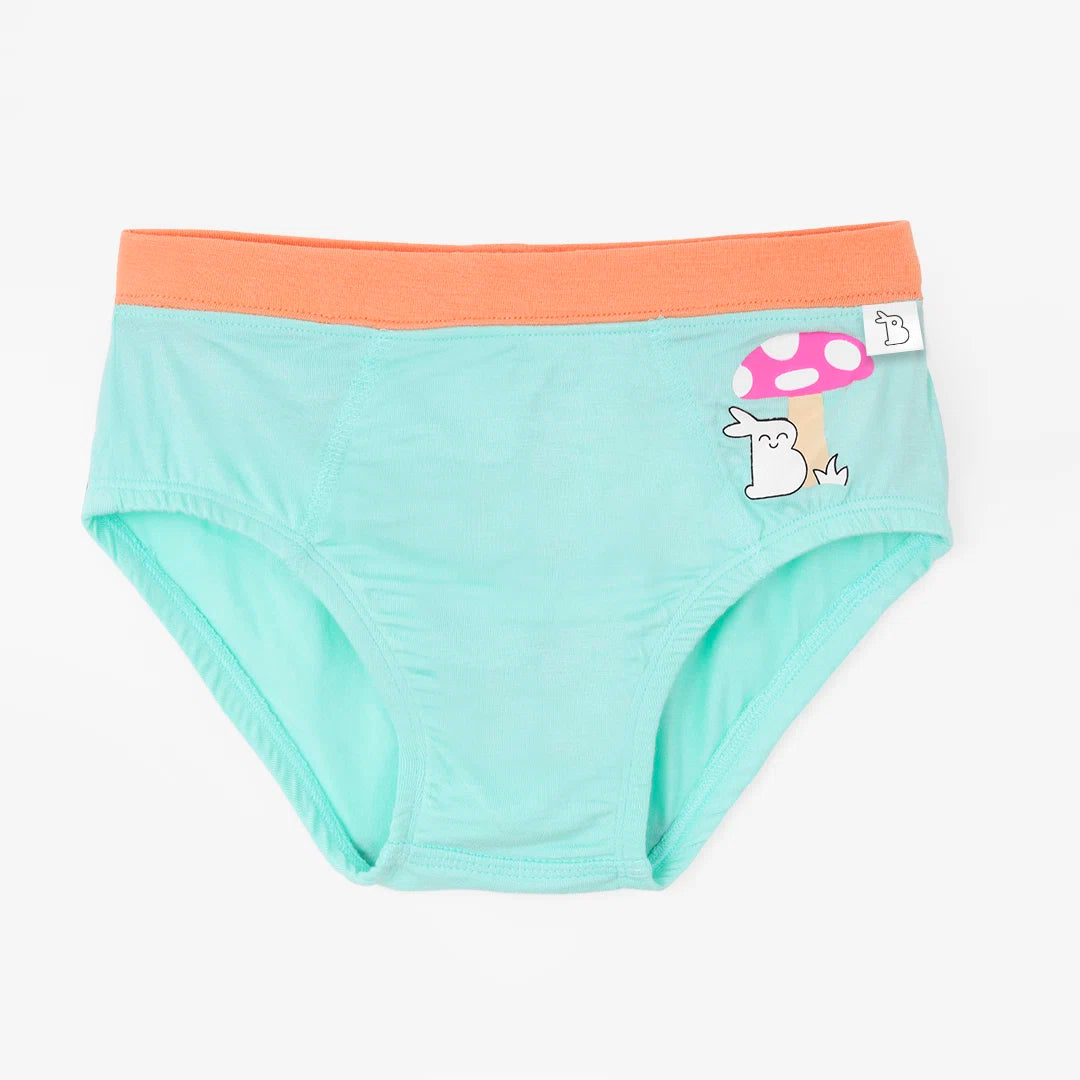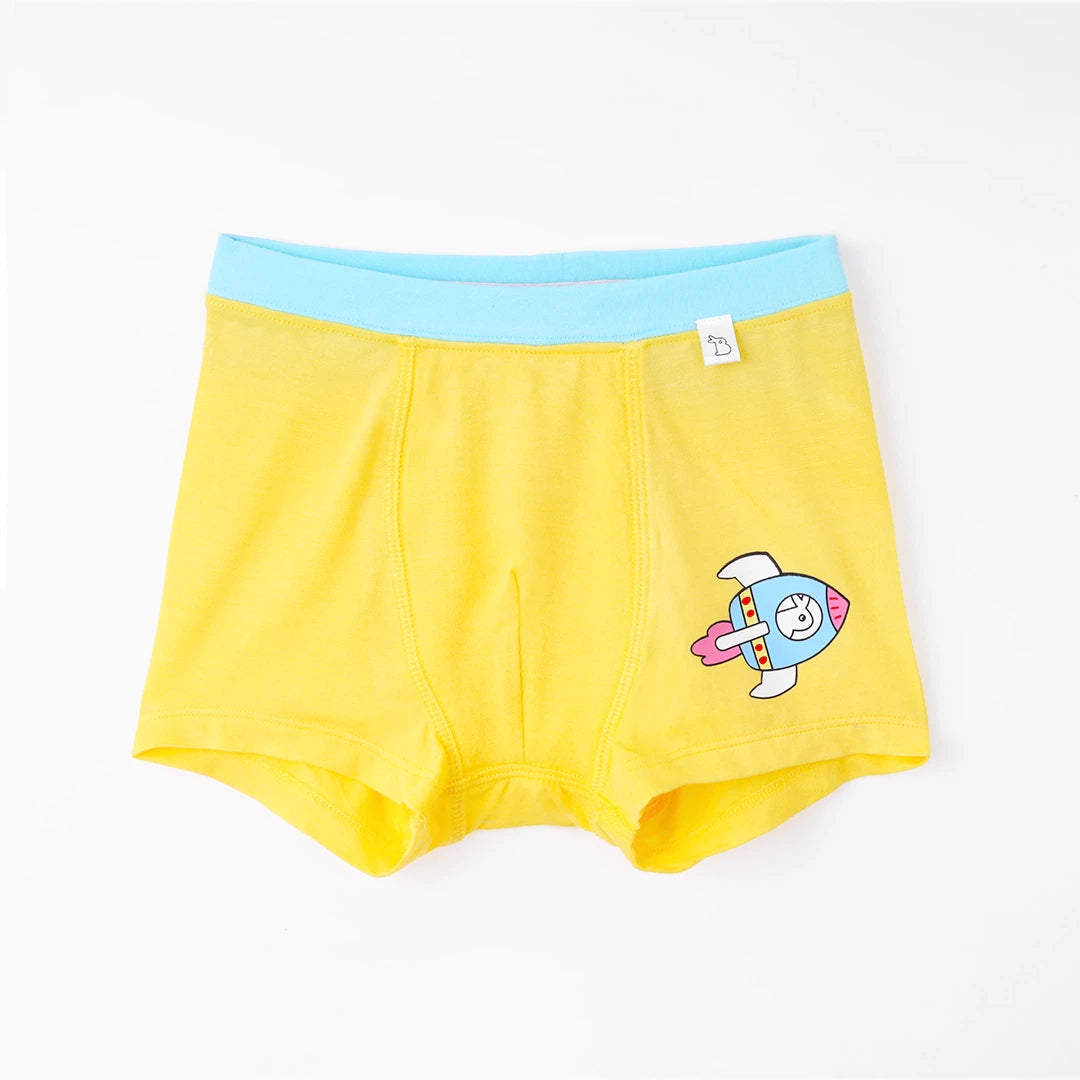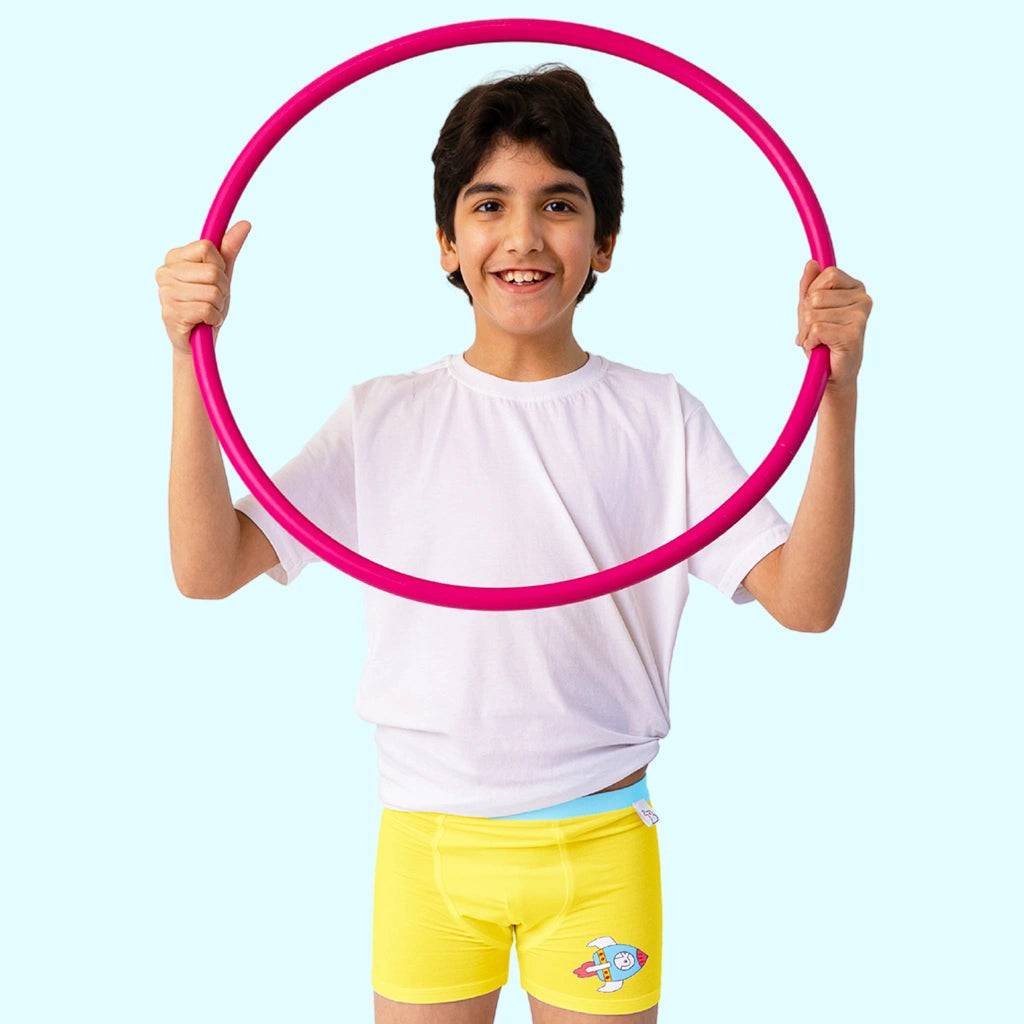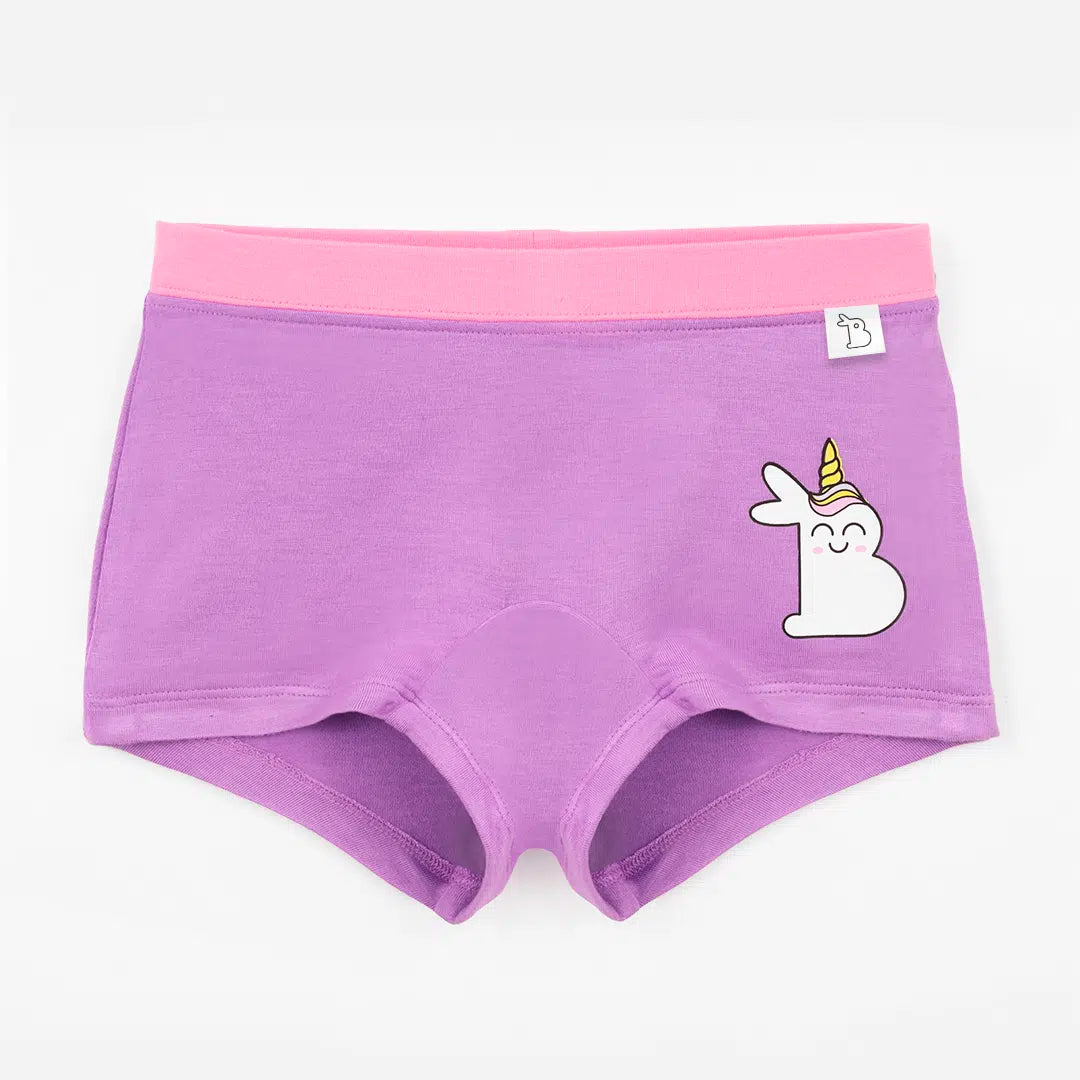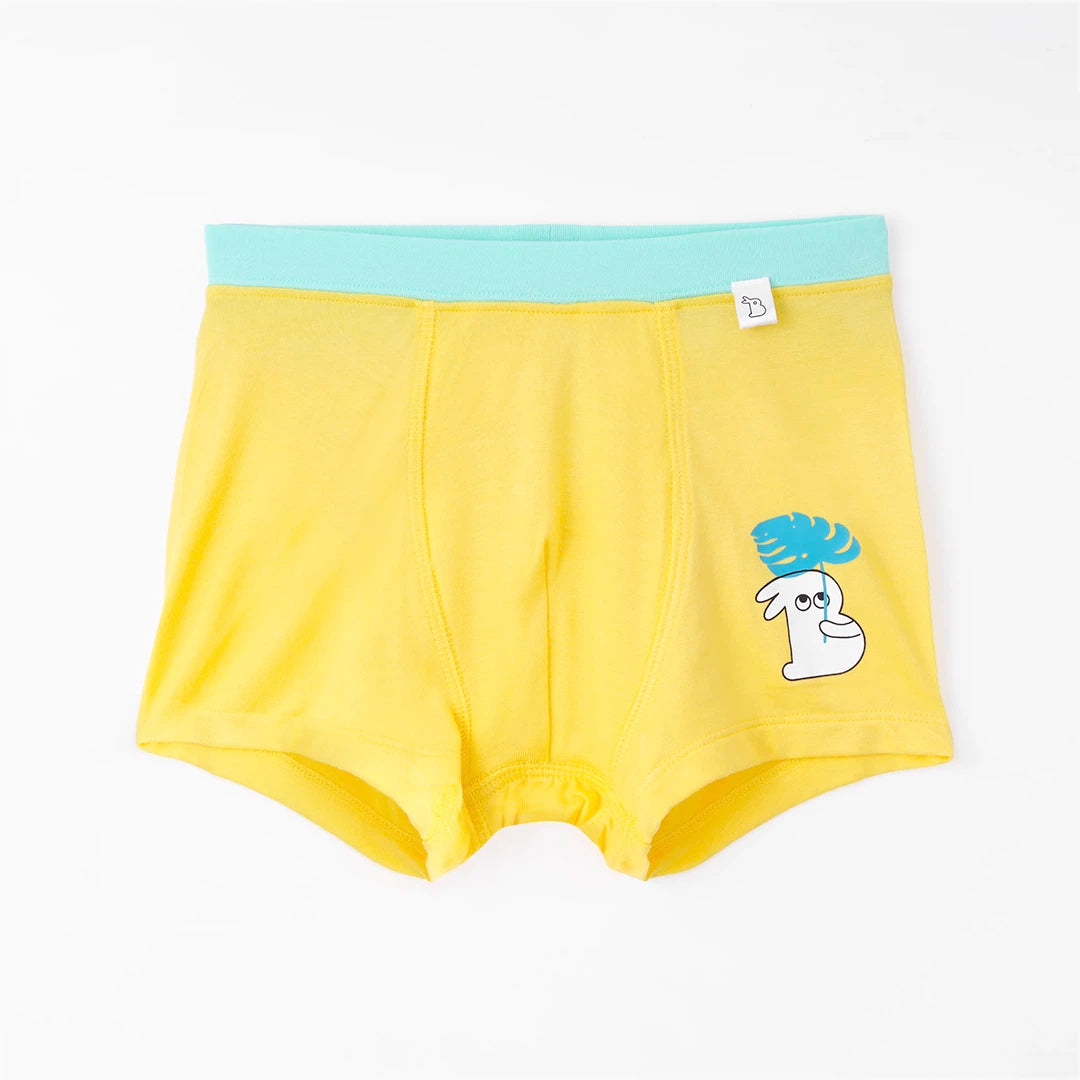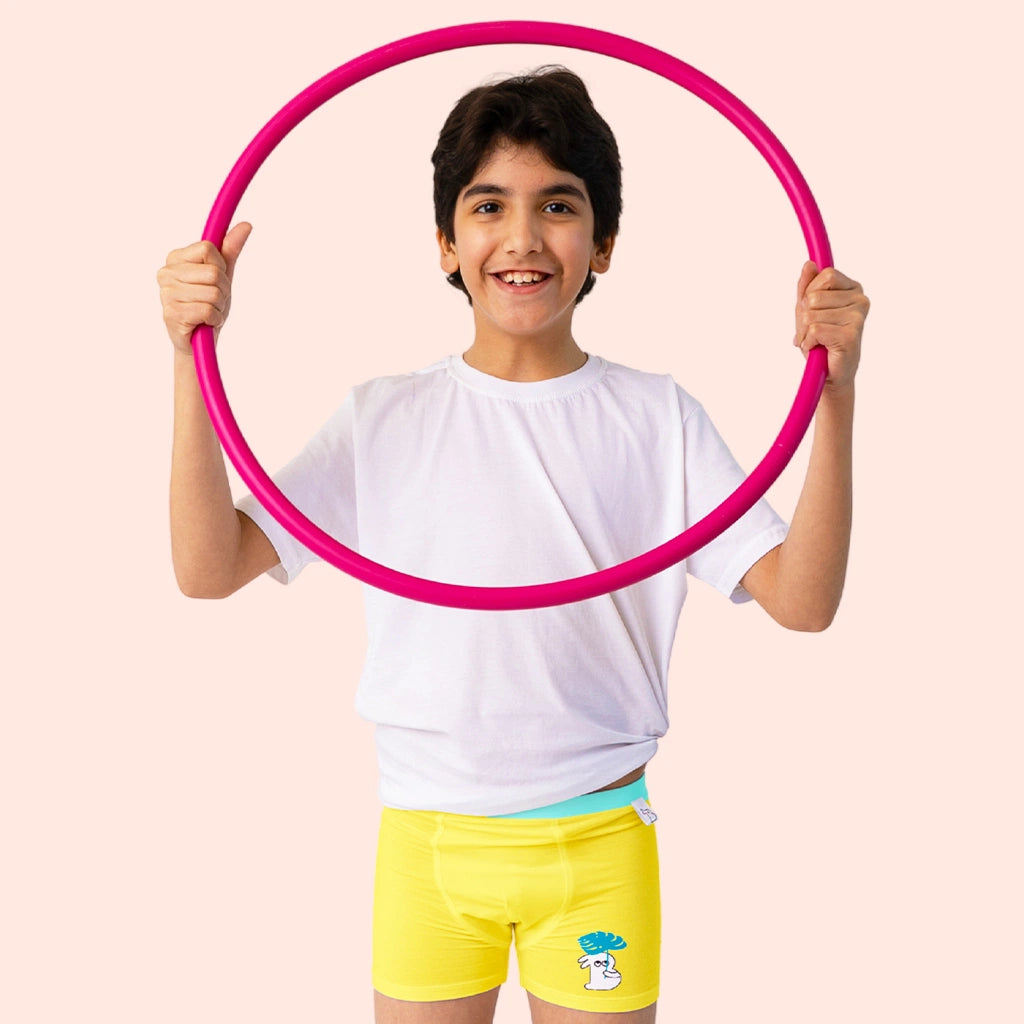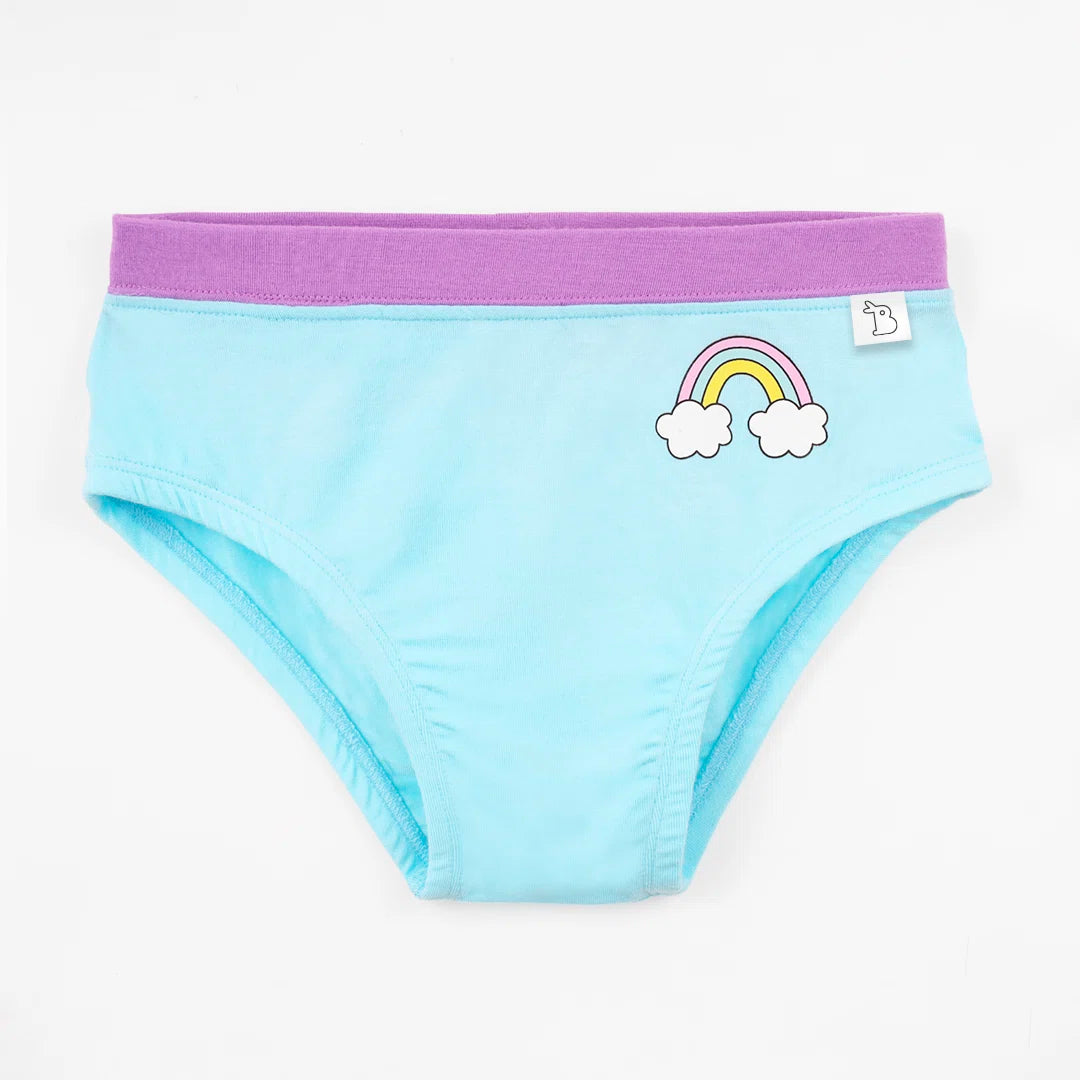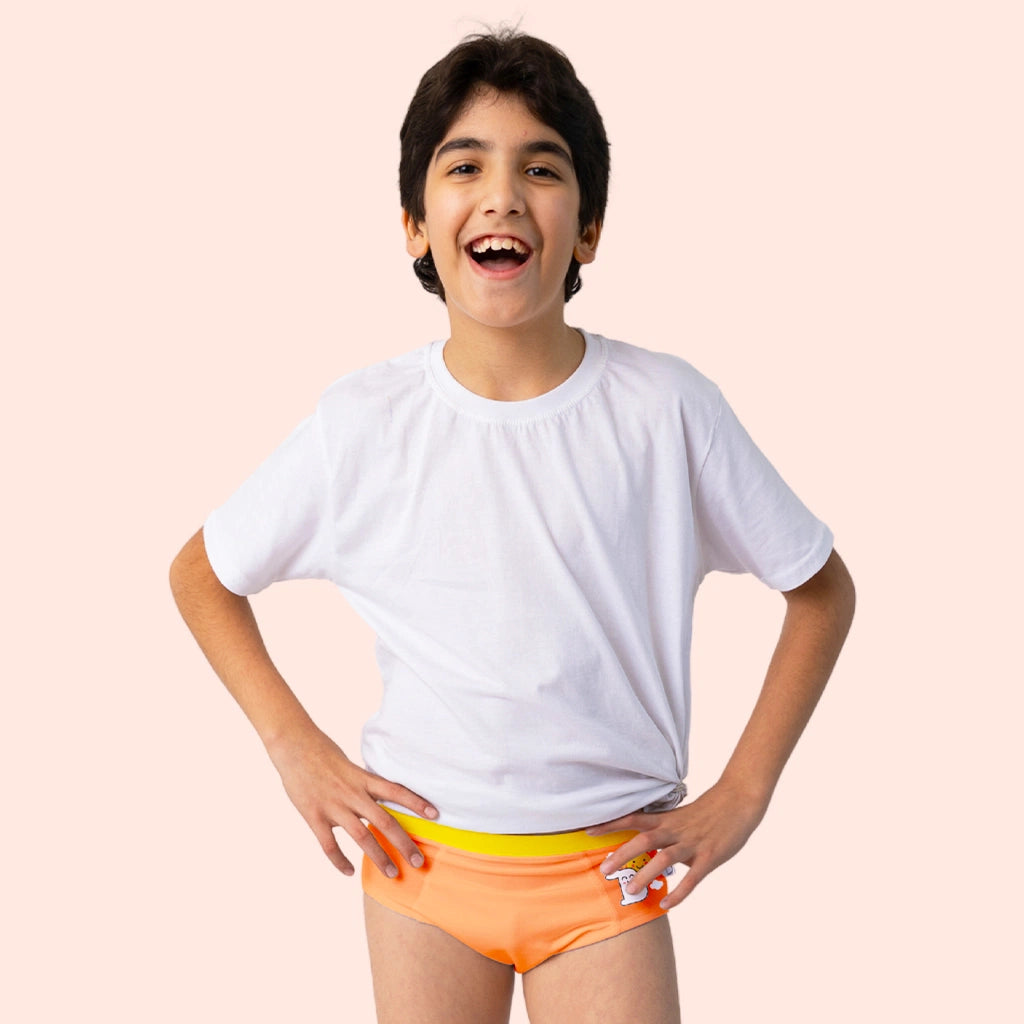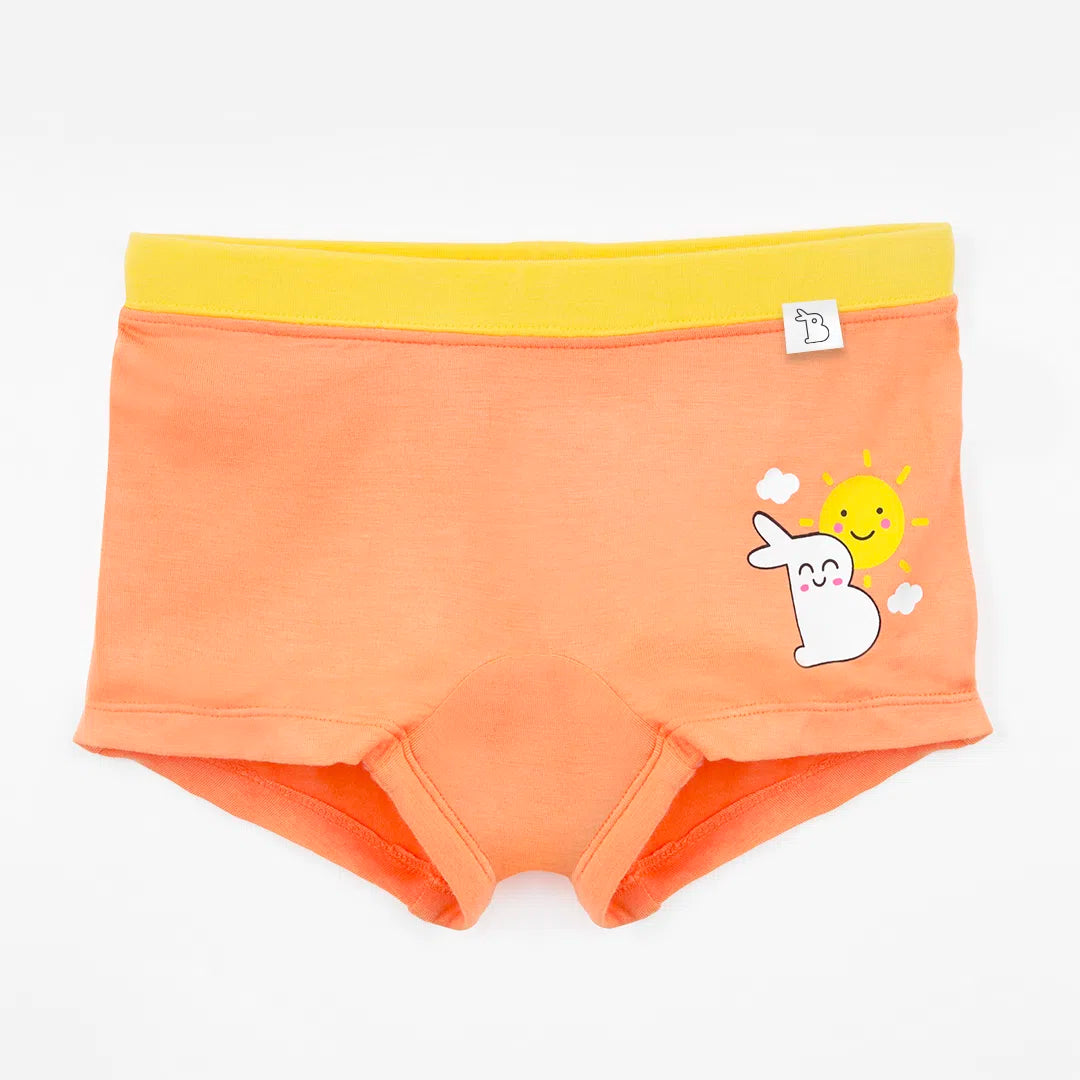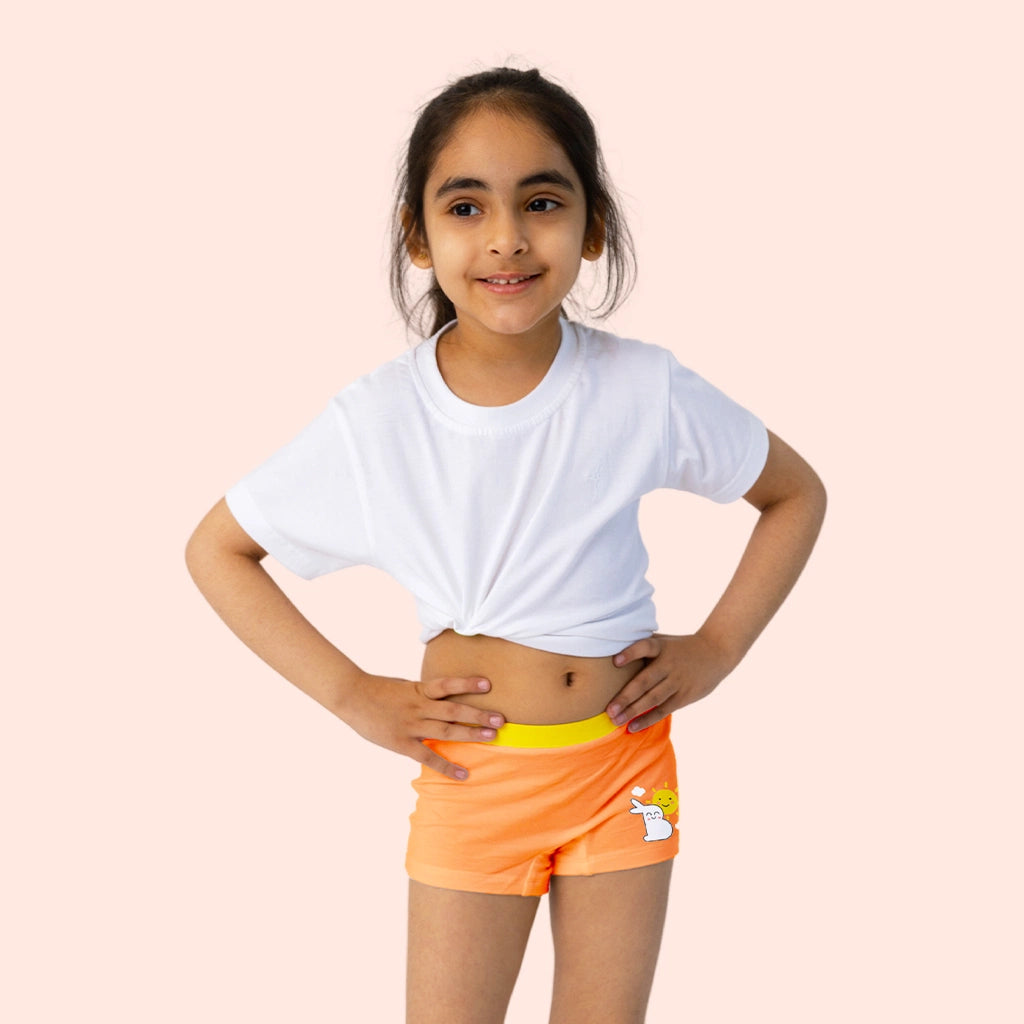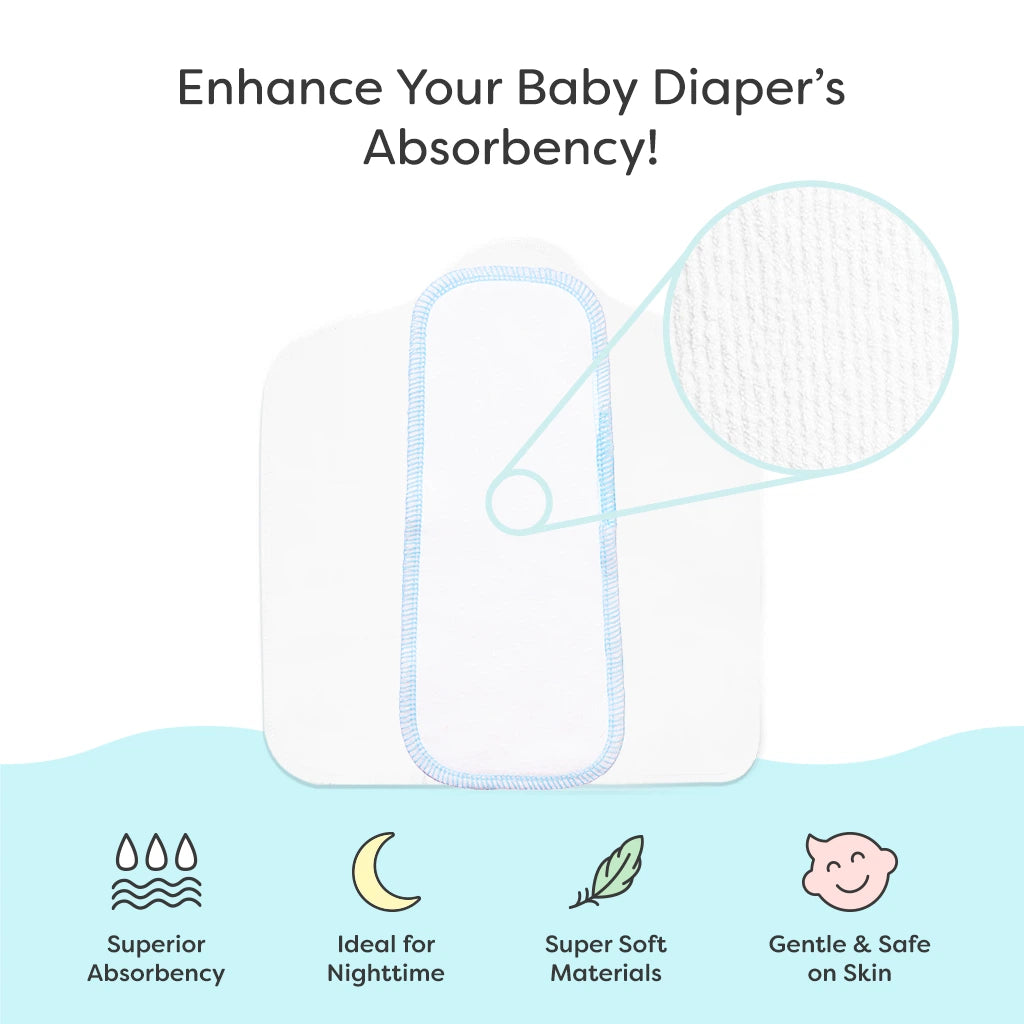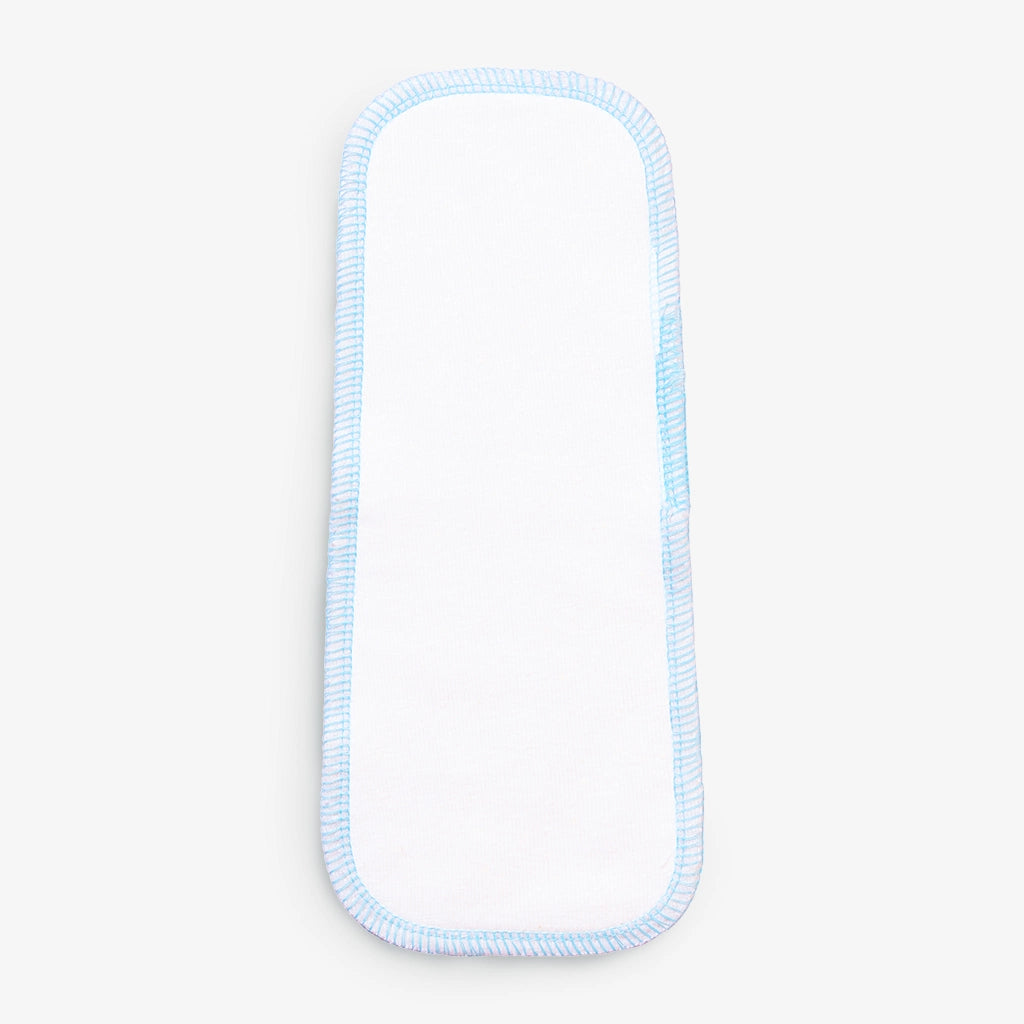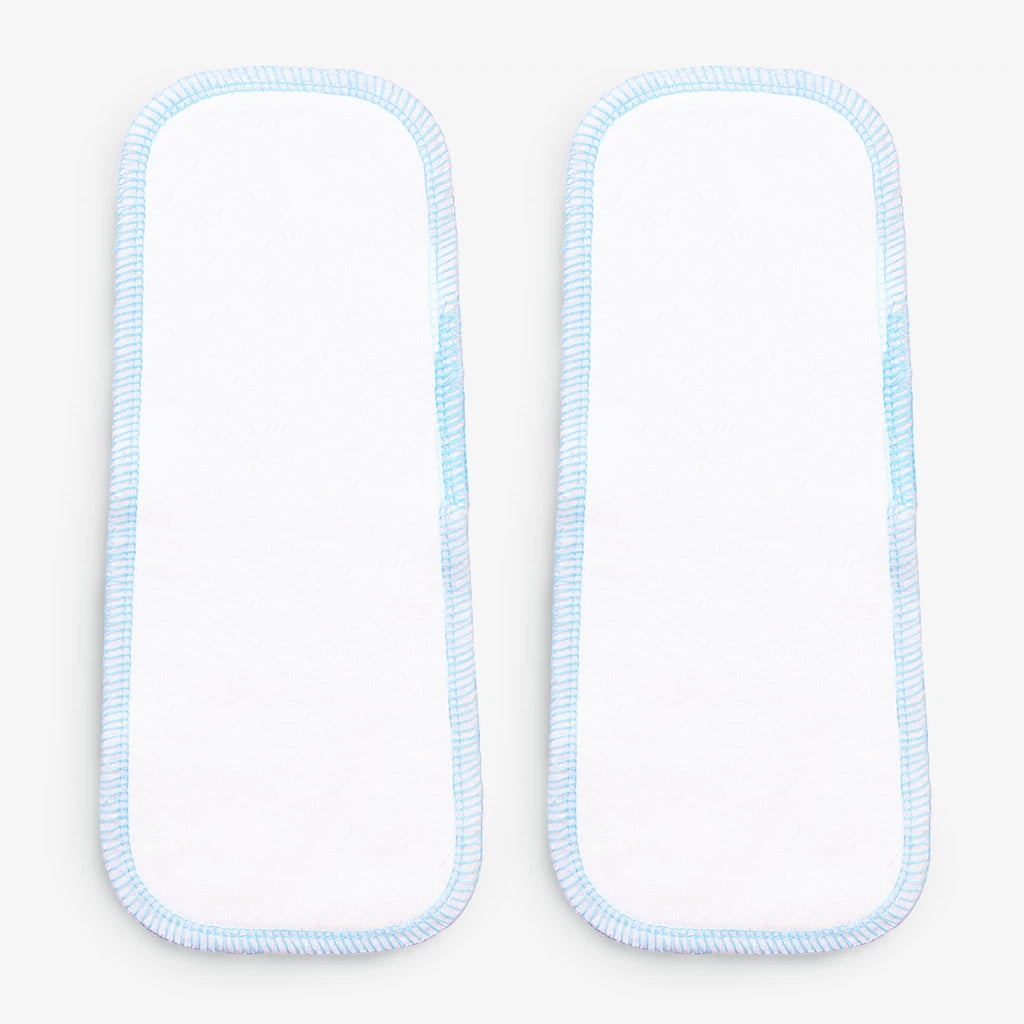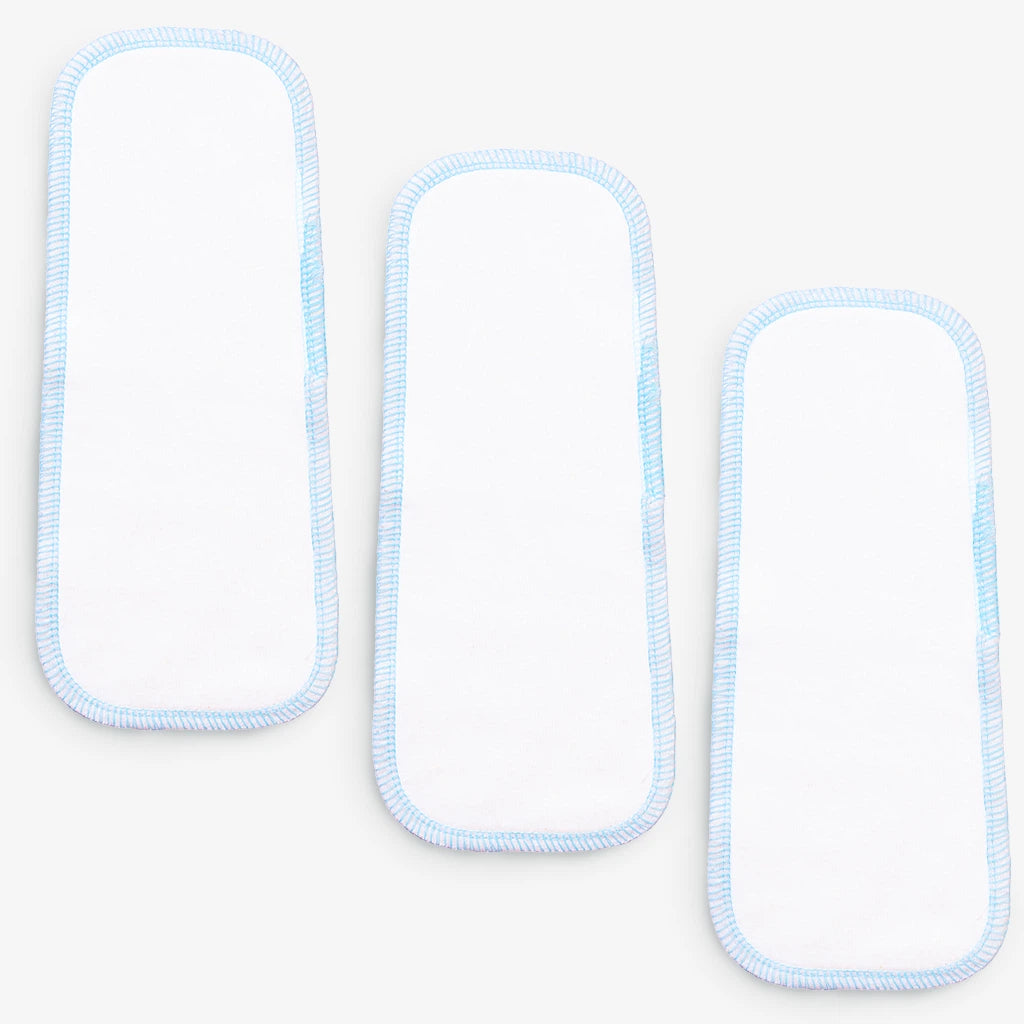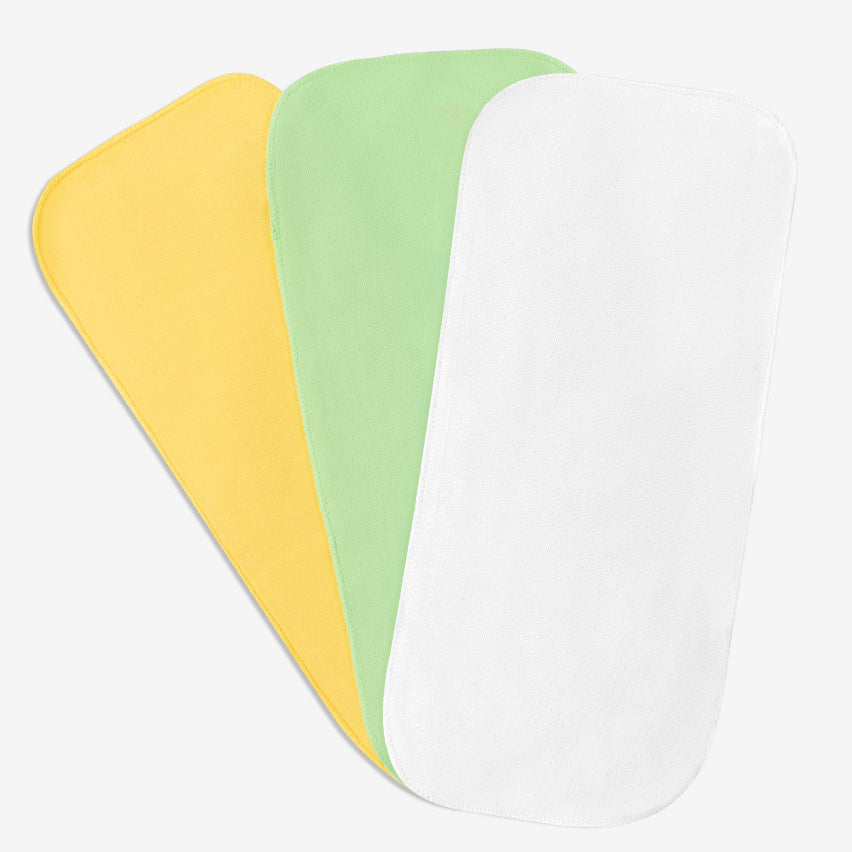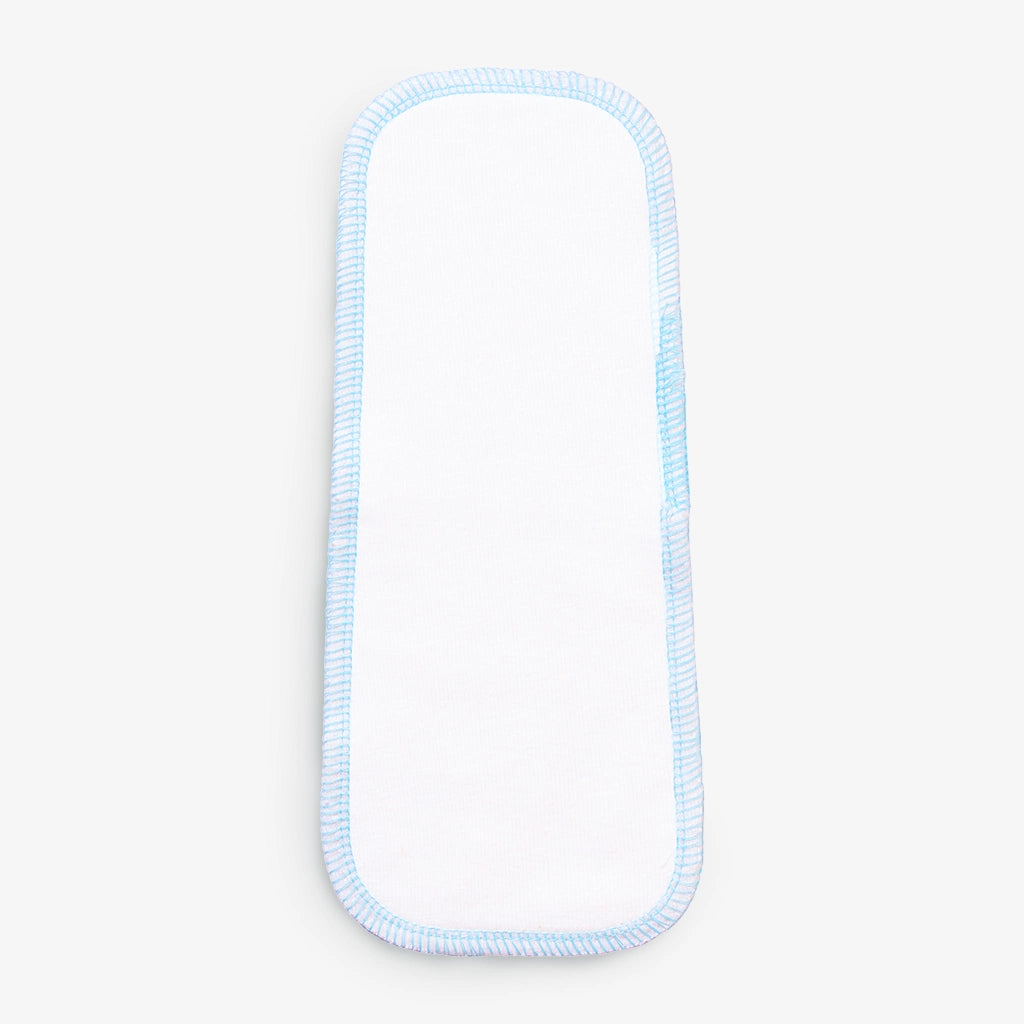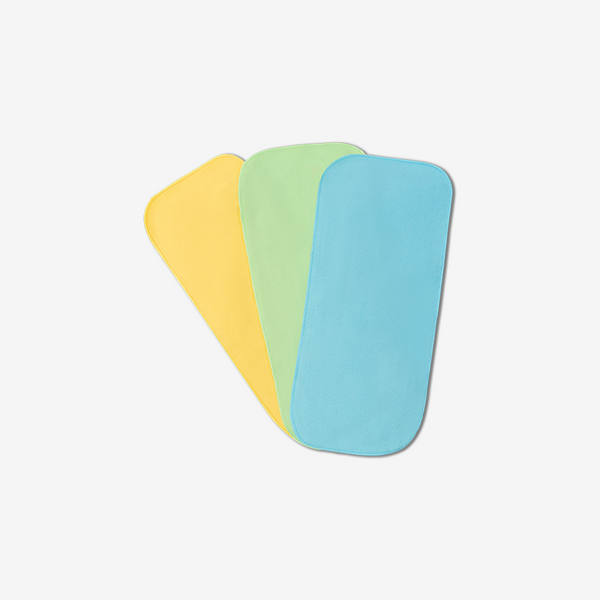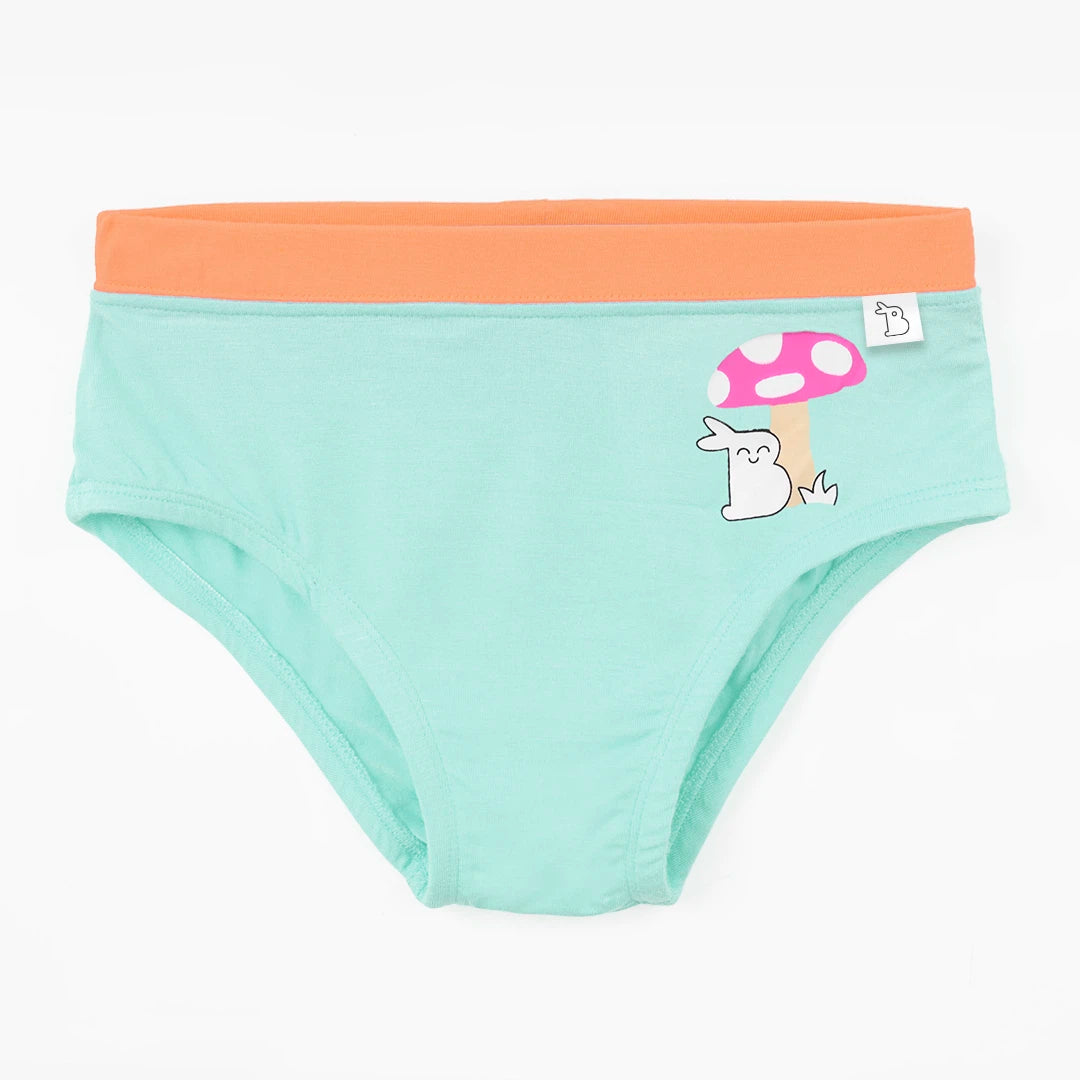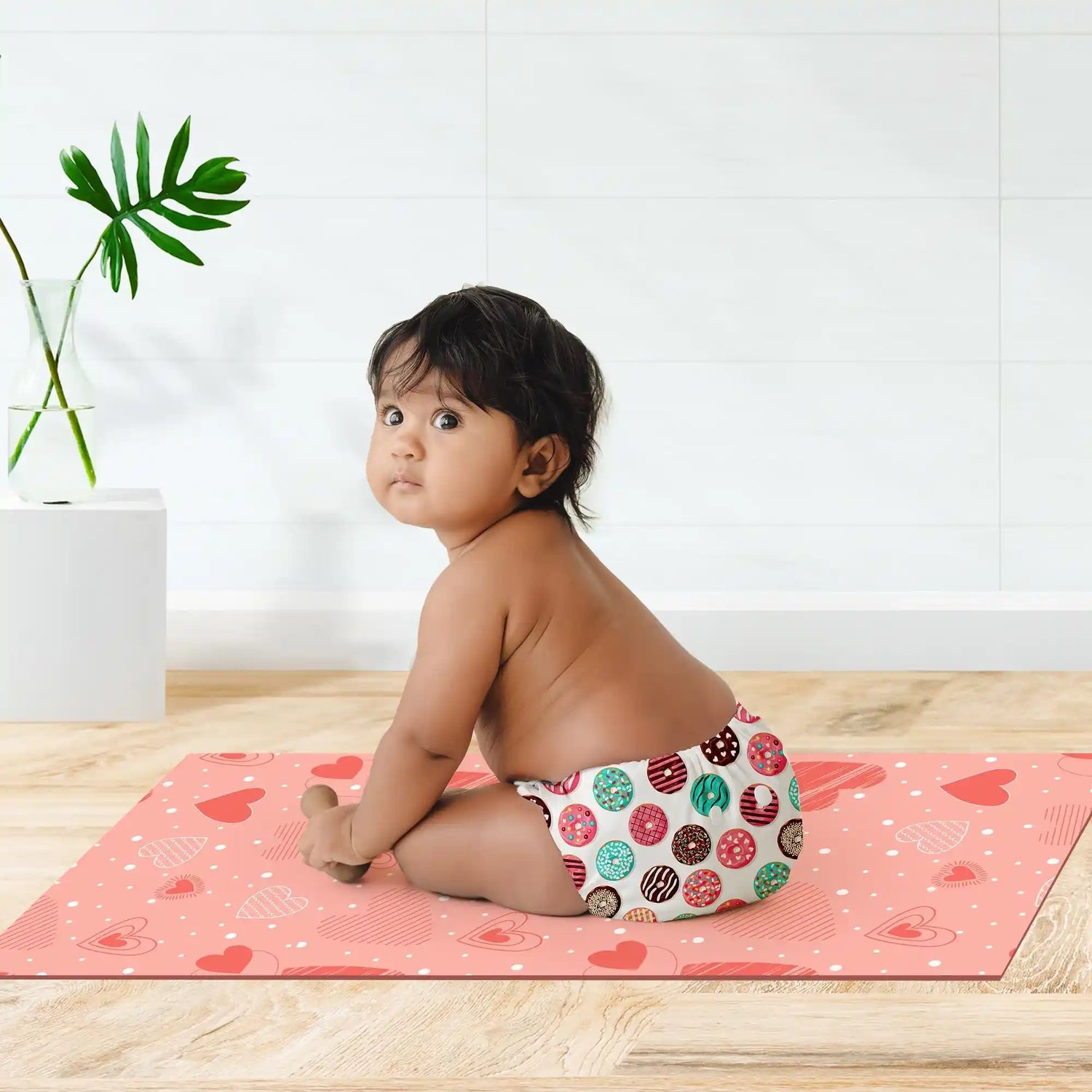About Ananya Didwan (Author)

Ananya Didwan is a Physiotherapist specialising in paediatrics and Women’s Health. Based in Indore, she holds a Bachelor’s degree in Physiotherapy from Choithram College of Paramedical Sciences (DAVV, Indore) and a Master’s in Physiotherapy in Paediatrics & Women’s Health from Manipal University. Deeply fascinated by the process of childbirth, Ananya has dedicated her career to supporting women and families through every stage of motherhood. She is a Lamaze Certified Childbirth Educator (LAMAZE, Canada), Lactation Consultant (BPNI), Antenatal & Postnatal Exercise Specialist (IHFA), and Pelvic Floor Rehabilitation Therapist (WOW IIPRE). With her expertise, Ananya strives to empower women with evidence-based guidance, helping them make informed choices for a healthier and more fulfilling journey into parenthood.
A baby’s birth is the most awaited and beautiful moment in a mother’s life. However, if it is through a caesarean delivery, it leaves you with doubt, fear and increases your stress and anxiety. Many new moms feel overwhelmed during this phase, but with proper guidance, your motherhood journey can become smoother and more manageable. In this article, we will cover the phases of C-section recovery, including diet tips, exercises, wound care, precautions, and red flags. C-section recovery time varies person to person but is usually around 6-12 weeks.
What Are the Phases of C-Section Recovery?
For easy understanding, let's divide postpartum recovery after a C-section into three phases. First is the acute phase, which occurs while you are in the hospital. Second is when you come home, up to 6 weeks, and third is from 6 to 12 weeks.
Caesarean delivery is a major abdominal surgery that takes time to heal. When you are in the hospital, usually for 3 to 5 days, focus on pain relief, rest, gentle movements, food and hydration1,2 and bonding with your little one. Over-the-counter medications prescribed by your doctor can help relieve pain. Resting as much as you can and giving your body time to heal is the most important aspect of C-section recovery. Slowly turning in bed, making arm movements, and performing gentle ankle and toe movements, as well as taking gentle walks, are recommended. Keeping yourself hydrated will reduce swelling, keep you active and improve your breastmilk supply. Skin-to-skin contact and breastfeeding will help you bond with your baby and reduce stress.
How Can You Care for Yourself During the First 6 Weeks at Home?
After you reach home, the first 6 weeks are crucial for C-section recovery. One of the common causes of postpartum stress and depression is a lack of support. Always ask for help from your partner, family, and friends, convey your feelings, sleep whenever possible, and enjoy the little things in life. Keep your incision clean, dry and free from tight clothing to prevent infection. Now is the time when you can consult a physiotherapist and start C-section recovery exercises. Some of these exercises include the abdominals slow walks, activation of abdominals, pelvic tilt, bridging, pillow squeezes, Kegel exercises, heel slides, and arm movements. Take the help of a lactation consultant to learn the correct latching technique, maintain the correct posture while breastfeeding, and how to express breastmilk, if needed.
What Should You Eat After a C-Section for Faster Recovery?
What to eat after a C-section for a faster recovery is not known by many mothers and their families. A balanced diet rich in protein, fibre, vitamins, minerals, healthy fats, iron, and calcium, along with maintaining hydration, is important to keep you going and prevent constipation and stress on an already weak pelvic floor. Milk and milk products, leafy greens, eggs, lentils, whole grains, oats, fruits, vegetables, nuts, seeds, vitamin C-rich foods, herbal teas, and soups are some of the best foods for C-section recovery. Give your body time to heal, take care of your posture, avoid heavy lifting, indulge in mindful eating and listen to your body’s cues to reduce C-section recovery time.
|
Limited Time Offers + Special Gift Sets! Now or never Super SALE is live on the SuperBottoms website! Take advantage of unbeatable value deals on our UNO Cloth Diapers, Baby Essentials, and more. Looking for the perfect present for a newborn or a toddler? Explore our thoughtfully curated Gift Sets & Combos — safe, skin-friendly, and oh-so-cute! A bundle of love for little ones and a delight for parents. HURRY — Deals and Gift Packs are live only till stocks last. Don’t miss the chance to stock up & share the joy! |
Which Exercises Are Safe After a C-Section?
Once you have completed 6 weeks, your doctor will conduct a checkup to assess your healing, scar condition, and overall health. This is the time when you will receive clearance from your doctor to start low-impact workouts. You can have sex; you can drive and do household chores without straining yourself. As your body continues to heal, ongoing family support is still necessary. By now, your baby is comfortable with feeding and playing for extended periods. It is essential to find time for yourself every day and focus on holistic healing. Engaging in activities that provide mental relaxation is also recommended. Though your scar has healed, you may still experience some numbness and pain over your scar line. It is important to start scar massage to prevent any adhesions and long-term discomfort. The goal muscles of exercises or yoga after a C-section are to improve endurance, rebuild core strength, improve posture, boost circulation, and gently tone muscles. It is always a good idea to consult a physiotherapist for a diagnosis of diastasis recti abdominis, commonly referred to as DRA, before starting any exercises. Crunches, sit-ups, double-leg raises, planks, push-ups, high-impact exercises, or activities that put excessive strain on your abdominals should be avoided. Along with previous exercises, single-leg raises, bridge marches, dead bugs, bear holds, and bird dogs will help you achieve the desired muscle strength and endurance. It is always recommended to get clearance from your doctor before beginning these exercises and to do them only under supervision.
What Are the Warning Signs You Should Never Ignore?
After a C-section delivery, recovery usually goes smoothly, but it is very important to know the warning signs that require contacting your doctor immediately. These include fever, chills, heavy bleeding or passing of clots, severe abdominal pain that doesn’t settle with prescribed medications, discharge from the incision site, shortness of breath, pain or burning while passing urine and feeling extremely sad or anxious, having difficulty bonding with your baby or any thoughts of harming yourself or your baby. Remember these C-section recovery tips: prioritise rest, keep the incision clean and dry, eat protein- and fibre-rich foods, drink plenty of water, move gently, enjoy time with your baby, seek emotional support, and always listen to your body without rushing back into your regular routine soon.
Frequently Asked Questions (FAQs):
1. Can I have a normal delivery after the first C-section?
VBAC (vaginal birth after caesarean) is possible but depends on a number of factors like your and baby’s health at the time of 2nd delivery, baby’s position and scar health. It is best to discuss with your doctor and know your chances of a VBAC.
2. Will I get back pain because of spinal anaesthesia?
This is the most common fear mothers have. Back pain after delivery is caused by muscle weakness, incorrect posture, hormonal changes, excess weight and resuming activities too soon. With posture correction, core and pelvic floor exercises and adequate nutrition, back pain can be addressed early on.
3. When can I resume my daily activities after a C-section?
In the first six weeks, initial healing occurs, and it is usually safe to resume gentle household work after that.
4. Should I use a belly binder after a C-section?
Supporting a weak and flabby abdomen helps provide support to the back and belly, reduces pain, aids in healing, and corrects posture. It should be worn only while walking, not while sitting or sleeping.
5. What is the best position for breastfeeding after a C-section?
In the initial days, feeding in the side-lying position prevents pressure on the incision. Sitting with proper back support and using a breastfeeding pillow is also a good position to feed your baby.
Message from SuperBottoms
Hi there, new parents! SuperBottoms brings you doctor-recommended cloth diapers — the best rash-free diapering solution for your baby’s sensitive and delicate skin. Unlike disposable diapers loaded with chemicals, our newborn cloth diapers, when used and washed properly, can help eliminate the risk of diaper rashes. SuperBottoms offers a wide range of safe, skin-friendly essentials for the whole family — including Reusable Cloth Diapers, Diaper Pants, DryFeel langots for diaper-free time, Padded Underwear for potty training, SuperSoft Underwear for everyday comfort, Joggers for playful days, and Period Underwear for women. Not just for everyday use, SuperBottoms products also make the best gifting choice for babies — thoughtful, eco-friendly, practical, and loved by parents. Now available on Amazon, Myntra, Flipkart, FirstCry, Zepto, Swiggy and Blinkit.
References:
-
Kavya, Chava & Kunamneni, Srividya & Uma, Namballa. (2025). A Comparative Study of Early Versus Conventional Initiation of Oral Fluid Intake After the Caesarean Section. Cureus. 17. 10.7759/cureus.78670.
-
Mangesi L, Hofmeyr GJ. Early versus delayed oral fluids and food after cesarean section. Cochrane Database of Systematic Reviews 2002, Issue 3. Art. No.: CD003516. DOI: 10.1002/14651858.CD003516. Accessed 27 September 2025.
-
Physical activity and exercise during pregnancy and the postpartum period. ACOG Committee Opinion No. 804. American College of Obstetricians and Gynaecologists. Obstet Gynecol 2020;135:e178–88
-
Ranjan P, Baboo AGK, Anwar W, Kumari A, Pradhan B, Maharana S, Venkataraman S. Physical Activity, Yoga, and Exercise Prescription for Postpartum and Midlife Weight Management: A Practical Review for Clinicians. J Obstet Gynaecol India. 2022 Apr;72(2):104-113. doi: 10.1007/s13224-022-01627-w. Epub 2022 Mar 4. PMID: 35492861; PMCID: PMC9008094.



